|
*Fuzzy Photos and Unreliable Tasting Notes Handy chronological index at the bottom of this blog ... Shan said: "Why did you do that? If it ain't broke, don't fix it." Trouble was I'd already done it. "Done what," you may ask. Weebly provides a facility whereby one can change dates on one's blogs. In my mind, it appeared to provide the perfect facility for archive retrieval in my dotage (or for anyone else who was perverse enough to check up on my dodgy past. Posthumously, maybe.) I did a test on one of them and everything seemed kushti so I tried a few more. Suddenly I could access them no longer ... not from Weebly's editor, anyway. Those who still had the Uniform Resource Locator (URL) links could. Shan tested. Unfortunately, we send info back and forth on WhatsApp so frequently, it may have become a life's work digging them out. But it seems I sent all the missing URLs (and more besides) to my Cuz, Stuart. Thank Cuz I may yet be able to retrieve the situation but this is a bit of a precaution. Besides, if there's anyone who wishes to start reading the early blogs chronologically (I should be so lucky!), there's an added benefit there, too. Otherwise one has to view them in Weebly's reverse order. What have I learned from this, then? Listen to my wife. Random blogs
0 Comments
Next to a river somewhere in the KwaZulu-Natal Midlands circa 1976 in the bountiful beard period? By Mark Harrison It seems as if Howie was always there but I suppose earliest memories go back to around 1974, i.e. 50 years ago. We were suitors of the Toscano sisters, Elena and Carmela and were probably the envy of our peer-group in Durban. As "outsiders" in a tight Italian community it was inevitable that we should become friends. Apart from that, I liked the guy and I think he probably liked me, too. From as long as I can remember Howard (Howie, H) always liked games of wit and chance and we both spent a lot of our spare time hanging about playing stuff like backgammon at the Toscano residence in what was then Cowey (now Problem Mkize) Road in Durban. Probably waiting while our partners prepared for a dance at the Italian Club Alternatively we might have been hanging about before going off to a drive-in cinema for the evening as a foursome. Heaven forbid that, with a strict Italian Papa in attendance, we should be tempted by the notoriously nefarious goings-on that happened to young couples who visited drive-ins a deux. Elena, being the elder of the two sisters always got to sit in the front of the car, which meant that Howie usually did the driving. Similarly, he tended to be the one ferrying us to and from the Italian Club. So it was somewhat poetic that, when Carmela and I got married in 1974, Howard was the appointed driver of my Dad's Mercedes transporting the bridal entourage to the church and the married couple from there to the ubiquitous Italian Club for the reception. Efforts to locate a photograph of Howard the Chauffeur have sadly failed. Nonetheless, he got used to the front seat in our joint efforts and that is where he ended up on our inaugural attempt at the annual Dusi Canoe Marathon. More of that later. Above: le belle ragazze, Carmela and Elena Toscano; accompanying us to some event or the other with Carmela as the official photographer. After Carmela's and my wedding we sped off to London for a year and neither of us saw Howie until our return in 1975. Somewhere around that time we developed a penchant for paddling about, initially in battered kayaks and latterly also on paddle-skis. We tried to convince ourselves that the latter were there to keep us fit and strong for kayaking/canoeing but the beach was a drawcard, too. But the canoeing continued in proper earnest and barely a weekend went by when the two of us weren't taking part in some river race or another. Most times we were accompanied by Elena and Carmela and often also by Howard's brother Mike and his wife, Debbie. In fact Howard and Mike often paddled together in a K2 (a double kayak). The rivers we paddled ranged from Durban's local uMngeni to the mighty uMkhomazi and Thukela rivers. A favourite of Howie's and Mike's was the uMzimkulu which quickly became my nemesis. Smashed up Howie's K2 on my first attempt (while it's owner was partnering his brother and I had a stand-in, my friend Andrew) and wrecked my shoulder in my own K1 on a later attempt while shooting a weir. My propensity for wreckage didn't, however, deter my brother-in-law-in-law from asking me to partner him in his first "Dusi". More of that after the break ... Above: (clockwise from the top left) helmeted Howie on the right obtaining river info from a fellow canoeist; attending to his cherished K176 after lifting it off his trusty Opel; it wasn't only canoes that got smashed up on the uMzimkulu; I believe I took this pic in Australia while I seconded my friend on a two day event, if I remember correctly, on the Hunter River. The Dusi There is another river, the Msunduzi, which is smaller than those mentioned above but which is a tributary of the uMngeni and connects the provincial capital uMgungundlovu/Pietermaritzburg with Durban, KwaZulu-Natal's (KZN's) biggest city. Africa's biggest canoe race, fondly known as the Dusi[1], is run over three days annually between the two cities, on these two rivers. Late in 1976 H asked me to partner him in his K2 (a new one after I'd smashed his original in the uMzimkulu) in the 1977 event. It had originally been planned that he paddle it with Mike but Mike was now doing the event with a different partner and we needed to do some serious training. I won't say it had become a grudge match ... We did, however, need to do some serious training. The unspoken objective was to reach Durban before Mike and his partner - officially we needed to finish in the top 50 because the paddlers who achieved this were mentioned in dispatches in the following year's programme/calendar. Having pretty much level-pegged for the first two-and-a-half days we came to a point on the uMngeni where a strategic decision had to be made. The river entered into a set of dangerous rapids and we could either paddle all the way to the finish or we could take a legitimate portage over a steep hill, known as Burma Road, thereby mitigating the risk of smashing up our boat. I believe we were quite a bit ahead of Mike and partner when we reached the take-out point for Burma Road and decided to take the mitigation strategy. I don't know what was worse: Mike overtaking us irretrievably having taken the river or the fact that we just missed the top 50 by one place[2]. Howie paddled the Dusi frequently after that and I'm sure he finished in a better time and position on many occasions. I'm willing to bet, however, that none of those would have been more special for him than completing the race one year with his daughter, Marian. Other sports I paddled the Dusi one more time on my own so all I can lay claim to is dilettantism. The same can be said of the Comrades Marathon, also connecting the 50+ miles between the two cities, which I ran once and H did a prodigious number of times and also managed to encourage his gorgeous wife to do the same, if my memory serves me well. Then Howard and I ended up in Australia together. This escapade is covered in depth in another blog so I won't but the link is here[3]. Just to say that Mr Frizelle was THE sublime character to have as a road trip companion. Above: (l to r) Howie expounding to the family ... wish I could remember the subject; Howie searching for the perfect skimming stone on Gt Keppel Island in the Great Barrier Reef area ... feel sure his stone skipped many more times than mine. So why was Howie the sublime companion? I struggled with this one, actually. Not because there was no rhyme nor reason but because he was such a multi-faceted character with his qualities moulding in with each other. If I had to break it down, maybe H would have approved with this random top 10 list or he could easily have Pooh-poohed the whole thing. At one stage we were very close and yet I still often found him to be an enigma.
Above all, I always enjoyed being in his company. A career-changing conversation As I mentioned earlier in this soliloquy, Howard and I spent a fair amount of time hanging around the Toscano residence, even after we were married. He loved his board games and after beating me hollow at backgammon in Newcastle NSW we were now back in humble old Durbs. H had just discovered Mastermind and insisted we played the game during every available minute. I was relating how, as much as I loved journalism, we just couldn't survive on a reporter's salary. It also happened that I was just starting to beat him at the odd round of Mastermind. "You've got an aptitude for logic and IT," he stated. I was flattered but didn't quite know what to do with the information. "I'll get you an interview at Countdown," he offered. Countdown was a huge IT division of an even huger retailing organisation in South Africa. I went, I got the job. Now we were not only mates and sort of relations, we were also colleagues. He was obviously a bit senior in the firm but not too senior for us to fall into the habit of crumbed pork chops with creamy tagliarini at Aldo's nearby restaurant every Thursday lunchtime. He also knew where to find a bargain. The other weekday lunch hours were spent playing cards in a darkened inner room in the concrete abomination where Countdown had its premises. I say cards but H was a great proponent of Hearts, a sort of individual inverse version of bridge (requiring significant skill[4]) where four players slug it out for money. The stakes were small but his acumen ensured that Howard came out tops, although happily not at my expense as the other two players, who shall remain nameless, were lambs to the slaughter. Moving on Eventually Howard and I moved on from Countdown ... into opposing camps. He, as perspicaciously as usual, chose the IBM route through Hitachi/Persetel and I remained in the Burroughs camp but working directly for that company. Burroughs lost ground to IBM in the early 80s and a merger with Sperry/Univac to become Unisys didn't help. I remember H showing me a marketing article on how percussive names such as IBM almost inevitably won out over sibilant ones such as Unisys. Sadly sibilance wasn't the order of the day for Carmela and me and we went our separate ways. I married Shelley-ann (Shan) and Carmela became Mrs Kingsley-Jones. We all remain friends to this day living on opposite sides of the planet. Unisys gave me a leg-up in the UK while the Frizelles chose, in the medium term, to remain in South Africa despite the lure of family in Oz. All was not lost, however, and the Frizelles visited us in our new home in Faringdon, Oxfordshire, in 1990, shortly after our daughter Kate was born. This visit is embedded in memory because Kate patiently sat in a pushchair in the Red Lion during an afternoon in which a significant sequence of beers was consumed. A couple of years later Shan, Kate and I headed to SA for Christmas, which was mostly spent at my parents' small farm at Mooi River in the KZN Midlands. To mitigate our boredom and relative rural isolation Mum arranged for some lunches with our friends to which, amongst others, the Frizelle and Kinnear families were invited, attending with a burgeoning bevy of children. I do hope they all enjoyed themselves despite a fair old disparity in ages. Above: just as the extended Toscano family absorbed Howard into their bosom, they also continued the relationship with my family in Durban ... Elena's parents, Aurora and Ciro, are seen here with my Mum, uncle and Dad, I believe being hosted by Elena in the Frizelle's garden in Durban. Spread around the world For various reasons we didn't get to travel to South Africa much in the 1990s and 2000s and when we did, in latter years, it was predominantly to the Cape where a large proportion of our families had migrated. There was an exception last year (2023) when KZN became a focus to visit oldest and dearest friends. Sadly two of them were in their final stages of cancer. I managed to get to see Tony (Spikey Norman) Kinnear just in time and had planned to see the Frizelles but they were detained down the South Coast at the last minute and unable to make the rendezvous in Simbithi. I never realised how sad the missed opportunity made me until Howie hit the buffers early in 2024 and never recovered, finally slipping away on the March 17. My condolences to Elena, Stephen, Luke and Marian. [Endnotes]:
*Fuzzy Photos and Unreliable Tasting Notes **Mobile version[1] Above: The serious side of my grandpa, Major Rogers of the REME[2] - read on for his more exotic leisure activities from lion fishing to extreme hi-fi (for the early 60s, anyway). Cecil Richard Rogers, 1899-1963? In the run up to Christmas 2023 we were reminiscing over dinner with now old friends, Joanna and Tim. Recalling the people we were today and our alternate selves when we'd left school. I was describing the pseud I'd been at uni almost 55 years previously. Half hippie, half callow poet; my grandpa's portly-short Harris Tweed jacket. Somehow the conversation took one of those turns as they so often do during comfortable company and in the aftermath of some decent wine. I started recalling the escapades of the original owner of the Harris Tweed number that to this day still exudes a faint niff of peat - it must be getting on for its centenary. The trigger was the term "portly-short", which I suppose is somewhat archaic these days but my grandpa wasn't very tall and was barrel-chested. So, before plunging into his escapades I shall finish off the jacket and my rôle in its notoriety. In my defence, after 4 years of highly-regulated boarding school, I and my colleagues needed to re-establish our personalities. Joanna and Tim nodded sympathetically as I recounted my own efforts. Shelley-ann (Shan) less so, although she has collaborated with me in unearthing the embarrassing artefacts, or at least those that remain extant. I needed to be a modern sixties visionary but my getup of the day owed a fair bit to my grandpa, Cecil, for he had been a bit of an adventurer from somewhere around 1914 until his untimely death in the early 60s. I also had some interesting artefacts from his legacy, which came my way more or less because the more deserving heirs upstream had no need of them. These included a pair of officers' field boots (knee-high polished tan leather), the aforementioned portly-short coat and a Viewmaster stereo camera, including all appropriate kit for cutting the film and assembling the final product for viewing. This rather trivial pre-introduction to Cecil, though, is more about Cecil's jacket and his boots. You see, I found it beguiling, if not even emblematic, to dress myself for an average day at uni in subtropical Durban in 1969-1970 sporting the following:
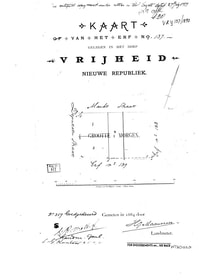 Above: The Harris Tweed garment still exists in 2024, complete with offending book of poetry Anyway that's enough about yours truly, the poseur, mentioned only in this text because it was the intro to recalling to Joanna and Tim the exploits Grandpa Cecil had got up to during the relatively short interval in the early 20th Century that he had grasped with such enthusiasm. "Your next blog must be a reminiscence of you grandpa's life," Joanna exclaimed. Thank you, dear friend, for the push. I hope I do it some justice ... or at least preserve the last remnants of a life terminated 60 years ago ... Cecil Richard Rogers allegedly came into this world in October 1899. Around that time, his parents, Elerington Bailey Rogers and Emily Elizabeth Rogers (née Horning) accumulated his 4 siblings. Not a lot is known about the very early days apart from the fact that they lived in Vryheid in what is now northern Kwa-Zulu Natal for some of that time. At 145 Mark Street in the town's centre in the time before South Africa was unified after the Boer War ... some time before the 27th of July 1909 when this copy was obtained from the registry office. My next virtual encounter with Grandpa was when he, like many others, lied about his age, dropped out of school and signed up for action as a despatch rider in the First World War (WW1). He would've been 15 or 16, He obviously survived his escapades in North Africa and urban myth has him establishing the first motorised postal service in Eswatini (then Swaziland), which, like Lesotho (then Basutoland), were never swept up into South Africa and remained independent kingdoms under the protection of the British Crown until 1966 (Lesotho) and 1968 (Eswatini). Whether this motorised service was motorcycle or van based will probably remain a mystery but it is certain the earlier mail would have been delivered on horseback or via runners with the fabled cleft or forked stick. Why might he have abandoned this service? We can only guess ... perhaps it was the advent of telegraph wires crossing the continent. We do know that by the time he married my grandmother, Beryl Elizabeth Foggitt, in the early to mid 1920s his occupation was the far more mundane position of clerk at what appears to have been a very large Pietermaritzburg service station. Above: (top) Would this be a company with its despatch riders?; A lone bike ... would it have been pictured from WW1 or perhaps in Swaziland?; (Bottom) Staff pic from the Pietermaritzburg service station: Cecil is in the second row from the front and second from left ... he doesn't look particularly portly or short here but all is relative and he was young at the time. I also suspect the chaps on either side of him were particularly diminutive. And Cecil's jacket buttons are straining! "Fishing" for lions and the interbellum. If the descent from despatch daredevil to a clerical position amongst the greasing pits seems a slippery slope, my grandpa was flexing his sense of adventure elsewhere, evidenced by photographic records of expeditions to "fish" for lions. I assume he was accompanied by friends in this endeavour and may well have been the photographer de jour. Above: Anecdotally, Grandpa and friends would deploy a heavy duty rod of some sorts with rope for line - a chunk of meat would be tied to one end and a bunch of adventurers would "play" the lion while photographs were taken by Cecil ... this pursuit could not have been without its dangers; in the first picture there are hyenas spectating from under a thorn tree who would no doubt have enjoyed a morsel of photographer given half a chance! If the early part of the interbellum period was spent sowing a few wild oats in the wake of the first horrendous world war, much of the latter part was spent breeding cannon fodder for the next cataclysm. Grandpa Cecil's marriage to Granny (she was always thus to we children, never Beryl) was accompanied by a steady focus on a career, first with the aforementioned service station where he ended up as the manager, a role he held when my Mum, Shirley Edith was born in 1927. (Actually she was originally christened Edith, which she hated so much her parents changed it to Shirley, which she hated almost as much). But his sights were set higher, both in his formal career and in his hobby as a pioneering photographer. He joined the engineering department at General Motors (GM), the South African subsidiary of which was based in Gqerberha (formerly Port Elizabeth) in the Eastern Cape province. Above: Beryl with her parents, Alice Lillian and Emanuel James Foggitt. It seems that Alice (née Lambert) had been a "remittance bride" from Norfolk in England. Photography. His early collection of photos, which I am lucky enough to look after, contains many interesting examples ranging from large positive slides (A3-ish) to numerous prints, some of them tiny (6x4 cm). The quality of the output is astonishing and difficult to convey in examples that are likely to be viewed on the media available to this blog. The Rogers spent a lot of time along the Cape's Garden Route, sometimes with Mum in tow and many others a-deux while Shirley Edith was enduring school terms. This nomadic existence led to her attending a formidable list of boarding schools. Most of these were in Pietermaritzburg, which had an astonishing number of girls' secondary schools in and around the city and which was a long way from Gqeberha. Consequently she would often spend school holidays with her aunt, Beryl's sister Dorothy, who lived on a farm close to Pietermaritzburg and who, serendipitously, had a daughter, Betty, and a son, Donavon, of similar ages. More of this at the end of the interbellum period. At this time it seems Grandpa's career afforded him the opportunity to travel extensively within South Africa and later around the globe. When in South Africa, the chariot would almost invariably be the latest Chevrolet. He claimed that he would have preferred to have one of the Opels in the range but he always seemed to be at the wheel of an increasingly enormous Chevrolet (Chev) as his career progressed. All the while he was taking photographs but I only came in to his life at the relative tail end of these endeavours so I don't know what equipment he used back then. I do know that latterly he was attracted to a sumptuous range of Leica equipment and still owned a Viewfinder Stereo Camera and all the accoutrements to present the results in 3D. Mum told me at the time of Grandpa's death that he'd wanted me to have all his photographic equipment. Unfortunately his second wife, Oswyth Charmion, had other ideas. Apparently she'd thought she might like to try photography for herself so hung on to the Leicas. She professed no interest in 3D, though (happily) and I still have that equipment to this day. Above: Grandpa Cecil's photographic subjects were a little eclectic. Motor vehicles in various guises featured heavily, as did landscapes. He also liked taking pictures of people. And then, of course, landscapes with cars and people; in the family beach scene my very young Mum and Granny Beryl are third and fourth from the left; then there are Mum and Granny looking over a parapet and then a selfie of Grandpa, himself, and Mum. Music and hifi (part one, thorns) As if the photography wasn't enough to occupy what, to most ordinary souls, constrained leisure time he had, Cecil also became obsessed with classical music. Not only the music itself but also the premium equipment required to transport symphonies and operas from the concert hall to one's own home. No gramophone was pure or precise enough so he built his own. Over the decades every component from stylus to loudspeaker was best in class and put together in systems designed and built by the man himself. I know this all too well because after Mum married Dad (Woody) we inherited the cast-off Leaks and Wharfedales, the latter in bespoke cabinets, metres long, that could only be mounted in the ceiling. This journey for me started with tales of sourcing styli from a specific type of thorn tree that was, happily, to be found in South Africa. Not for Cecil the steel pins that were too coarse for the delicate vinyl containing his favourite Beethoven or Verdi albums and, in any event, didn't produce the high fidelity he and his assembled mates in the local cognoscenti demanded. A continuous supply of these hifi thorns was essential as each one had to be discarded after a single spin of the long-player (LP) of the moment. Expeditions to some secret locations in the Cape were all part of the frisson for this epicurean group of what I can only assume were blokes. Separate components I can remember included a turntable (top of the range Garrard), pickup arm, stylus arrangement, pre-amp, valve amplifier, treble and mid-range speakers, gigantic bass woofers and all the circuitry and cabinetry required to distribute the musical signals and house the components. And, yes, the cabinetry was bespoke Georgian-styled mahogany, finely crafted to engineering tolerances by Grandpa himself in his own workshop at home. And during all of this time he was working his way up the General Motors ladder . Above: and cars started looking a bit more like the one on the left and lorries like the one on the right. It was the end of the interbellum. World War 2 (WW2) And so Cecil was going to war again I wish I'd had the opportunity to interview him when I was aged 12 and he was about to leave the planet for good. I might have made a hash of it but it may have filled in some vital gaps. As I didn't, the period from 1939-1945 relies on recalled anecdotes. I take some comfort from the fact that these don't seem to be contradicted by the wealth of photographic evidence I am gradually unearthing in my 70s. I could possibly have spent 10 years researching the story vigorously but my writing background is journalism and we tend to lack the patience when a good enough story presents itself. And so what evidence I do have shows that Cecil ended up running a GM factory in Nairobi supporting the fleet of vehicles needed to prosecute the war in North Africa. He and Beryl decamped from South Africa leaving Mum still at school and in the care of Beryl's sister, Dorothy (Dolly). The many pictures I have of Cecil show him as a Major in the Corps of Royal Electrical and Mechanical Engineers (REME). It is also plain to see from the photos (substantiated by my mother) that Beryl accompanied him. The first picture below has them neatly positioned fore and aft in this endeavour. Above: Cecil and Beryl and their Nairobi endeavours, starting with the team shot with Grandpa on our right of the back row with Granny in front of him; then she knuckles down on the machines while he tours Africa, right to the centre, in trucks with his mates and at the iconic Zimbabwe ruins in what was then Rhodesia; and all the while leaving Mum back in SA parentless for years - the last pic shows her in the middle with two horses flanked by a friend, Beryl Mail, on the left and cousin Betty on the right. It looks as if Grandpa had a more diverting time of it running the show and charging around Africa in the process than Granny did manning the machines daily. There is an anecdote that could only have come from her that goes like this: She was billeted with a wealthy Nairobi family in their mansion but with nothing to do in what leisure time she had. Perhaps her hosts were off at the Muthaiga Club where 1940s shenanigans are amply covered in White Mischief[4] an exposé of the activities of the idle rich in 1940s Nairobi. I do hope and believe that my Granny was never drawn into the seamier side of Kenyan shenanigans ... she wouldn't've been in their league for starters. Anyway Beryl was so unaccustomed to being waited upon hand and foot, in the kind of splendid isolation that can only be exacerbated by over-attentive servants, that one afternoon she decided that climbing a large tree in the expansive garden might provide a momentary diversion. No sooner had she reached some modestly challenging boughs than a white-uniformed servant came rushing out of the house bearing a ladder and exhorting her to use it to climb down to safety. A family tragedy Dolly, Beryl's sister and my Mum's surrogate Mum during the war years, who went on to play a big part in all our lives in later years, can be found in many of Cecil's photos. She shared Granny and Grandpa's road trips in the 40s and 50s and had two children of her own, Donavon and Betty. Donavon seems to have been the only member of our close family to have been killed during the Second World War. I remember, as a small boy while visiting during school holidays (much as Mum had done while her own parents were away at war), being deeply affected by a picture of him in pride of place in the McCullough farmhouse. Above: Donavon McCullough was killed in WW2; his mother and my grandmother were the sisters Foggitt in the white bonnets with their father, Emanuel Foggitt above; Emanuel Foggitt, Dolly and Uncle Bert McCullough are depicted with Betty and Donavon on the bottom left. My thread peters out for Cecil and Beryl in 1943 when the Axis forces were driven out of Africa. I know my own Dad continued into Italy, had various exploits there and then ended up in officer training in Pretoria during the second half of 1945. After WW2 It must have been quite difficult for Grandpa to settle back into civilian life after the role he'd played in the war but he remained with General Motors and continued to rise up through the ranks, worldwide business travel competing with his extramural activities in photography and music. He assembled a formidable home-workshop with industrial-grade machine tools, which I know about because he passed them on to Dad when he died. I will go into a little of the output from his cabinet-making activities to round off this story but first an example of the type of memories that made me adore him when I was a child. I must have been pretty young when I developed a facial tic, a continuous blink that drove my parents mad. Grandpa arrived on a business trip to Durban, where we had settled. He was probably just as irritated as my parents were with my daytime rapid eye movement. He took me aside and asked something like: "What would you most like for your birthday?" I had coveted something that was a bit of a rarity in those days ... a pencil sharpener built into a globe depicting the world. It was a small thing but my nemesis a fellow kindergarten boy had one and flaunted it at me daily. "Well, you see if you can stop your blinking and I'll see what I can do about that globe," Grandpa said. He arrived on my birthday, something he wasn't able to do that often. He had driven to Durban this time in a simply enormous Chevrolet that had a massive boot (or trunk in American parlance). This was in the mid-fifties when Chevs had extraordinarily ostentatious rear ends that could have easily accommodated more than one adult. Grandpa greeted me on arrival: "how's the blinking going," he asked me discreetly. I eyed him steadily and he beckoned for me to accompany him to the Chev. By this stage of his life he had become a tad more portly and, as is inevitable with all of us his height may have diminished by an inch or two, he popped the trunk and there in the furthest corner was a small package. "I keep this for emergencies," he winked reaching into the chasm closest to us and producing a walking stick. After a bit of effort he managed to fish the package towards us. There was some glee on his face as he handed it to me: "It's yours, young man, you've earned it." I don't need to explain what the package contained. Cecil in the glory years of his career By all accounts Grandpa did not suffer procrastination during his executive years. He enthusiastically embraced the marketing (sharp) end of GM's activities, underpinned by his solid engineering knowledge and skills. For a while he even moved away from his beloved cars to focus on stuff like fridges for a while. Above: Cecil at his desk in latter years; posing with fridges But his last years at GM just showed what an ornery fellow he could be ... extravagant gestures for their own sake were meaningless but solid gestures that meant something to him were to be cherished. At the same time Beryl developed cancer, which ultimately led to an untimely death not too many years before his retirement, which was in 1957. Whether his wife's passing influenced his abandoning paid work at that time is probably anyone's guess almost 70 years later but what had been a life's work making things became a hobby with a vengeance. But his career would certainly not go unnoticed. At some point some months before his departure in August 1957 Grandpa was asked about some detail of the gold Rolex that would be traditional for a man of stature in the company. He'd spent more than 25 years of service with GM, not to mention the responsibilities he'd risen to in North Africa in the early 1940s.. But he didn't want a gold Rolex, arguing that he still had a perfectly good steel Omega that had given him flawless service for decades. I know about this Omega because I inherited it only for it to be stolen in a house burglary in Durban in the 1980s. I had received it relatively recently from my own Dad who'd appropriated it on the grounds that I was too young to own such a fine machinery. He'd then promptly lost it in Zimbabwe on a hunting expedition and then found it in the turn-ups of his khaki trousers weeks later. "It's too expensive," Cecil argued. "But we have to give you something," his colleagues counter-argued "I'd love a grandfather clock," he responded and, having done his homework (typical), added, "it would be much cheaper than a Rolex." His colleagues relented and sourced a beautiful antique full height clock. They were left with a final dilemma: how to present such a bulky item to Cecil on his retirement day? The result can be seen below at the presentation from GM's head honcho on the 1st of August 1957 ... Above: Retirement day and the grandfather clock lies between Cecil and the CEO[5]. Sadly it is wrapped hiding the fact that an exact replica hides within. This work of art had been lovingly re-created in miniature by the GM engineers, of the original article that had to be delivered to the Rogers' home in a proper delivery truck[6]. No longer employed and without the company of his wife and companion of 30 years, Grandpa started to make plans to return to the ramshackle home he still owned on the outskirts of Pietermaritzburg in Kwa Zulu Natal. This was a major logistical challenge because his extensive workshop machinery and assorted bric-a-brac (exotic timbers, bits of cars and motorbikes to be restored etc.) had to be transported the 900 km from Gqeberha/PE. He also had to make extensive restorations and extensions which in his inimitable fashion required him to build an exact scale model of the to-be-finished abode. This model was joined together with hidden dowelling so that it could be pulled apart and restored time and again to demonstrate some detail or another to the craftsmen performing the restoration. I am very familiar with this model as it ended up in my toy collection after it had served its purpose. Blackridge, Pietermaritzburg Pietermaritzburg seems have been a magnet for Cecil. He may well have been born there, although I'm finding it (sans Shirley) a little difficult to validate early years, but it was definitely his home address when Mum was born in 1927 (I have the certificate). Grandpa married Oswyth (a.k.a. Charmion) around the time he settled back into the house in Blackridge. He also received visits from his dear friends in Gqeberha, which seemed to egg him on in indulging in various engineering flights of fantasy. Music and hifi (part two, stereo plus luxury listening environment) Cecil's latest hi-fi tech had long since evolved from the days of thorn styli and he had been at the bleeding edge of mono sound until he discovered stereo. My parents had sort of followed on behind him and had a reasonable collection of mono vinyl covering classical symphonies and concertos with a smattering of operetta and the folk music de jour. Cecil had suddenly embraced stereo and we inherited all the high end mono kit, which continued playing classical classics. Until, that is, Dad eventually discovered stereo and a compact system with good but minuscule speakers. Good sound technically but no musical depth. Luckily I inherited the vast speaker cabinets, amplifier and turntable and secreted them in the annex at the end of our house. My only concession had to be to acquire a stereo cartridge, adapt the pickup arm and the output for weight and channel combination and secrete the vast speaker cabinets (smallish for treble graduating to a 2-metre bass woofing assembly) into my modest abode for the full concert hall experience. And so, in its 3rd generation, Cecil's original kit progressed from Brahms to Beefheart and from Handel to Hendrix. Many years before that occurred Grandpa had been press-ganging his mates into the latest generation of hi-fi. First of all there was the impeccable vintage vinyl collection that he had collected. Then there were the incidental associated equipment and accoutrements that made listening to music as near to perfect as a live concert. But first a few last pictures ... Above: Formal picnics on road trips were a constant feature and often included a friend or relation or two ... most of the road trips seemed to take place in the Cape but they clearly also extended to the Drakensberg ... scene here at Cathedral Peak; at Cecil's wedding to Oswyth Charmion; part of the viewfinder collection that ended up in my hands; the style of Morris chair that was widespread in the 1950s and 60s; an oil painting of Grandpa, that is still in my care today, by one of his mates, probably painted while collaborating on engineering and music appreciation projects.
A couple of vignettes What we have to accept is that Cecil never did anything by halves. He was an engineer at heart and his hobby was cabinet making of the very highest quality. I wish I had some photographs of his output. First there was the Morris Chair[7] with a difference. It broadly followed the style of the one in the picture above but literally with knobs on. The backrest adjustment was performed by electric motors and a discreet compartment under one of the hinged armrests, sympathetically styled to blend in, contained a tiny fridge for tonic and ice together with space for a glass and a decanter of gin. Under the other hinged armrest was a shelf for the books he was currently reading once settled comfortably in the chair with music on the latest stereo. The aforementioned music was contained on vinyl in a cabinet of generous proportions. But this was no ordinary cabinet. First of all it was modelled meticulously on an (probably Georgian) antique out of the finest pieces of South African hardwood. Grandpa used SA hardwood almost fanatically resorting only occasionally to South American mahogany. Of course all these things are protected these days but they were deemed the most environmentally friendly (or whatever the equivalent was) in the early 60s. Having selected the timber and the style of the cabinet, Grandpa still had a few more tricks up his sleeve. First of all, the "cabinet" had only false drawers on the exterior and actual access was via the top, although not visibly so. The magic was performed by an electric motor and a series of gears that lifted the actual display of more than 1,000 12-inch LPs to eye level while a selection was being made. The display then returned to its original position while the disc was carried to a turntable housed in its own cabinet where the grooves were translated into sound by the most delicate of pickup mechanisms, weighing only a few grams at the contact point. In this way Cecil's albums remained almost pristine. The display shelves containing the vinyl, as it turns out, weighed approximately the same as one of his generously proportioned greatest friends. This friend was coerced into riding up and down on the top of the cabinet while it was being tested and was not yet judged sufficiently robust to contain all those precious albums. Part of the technical challenge was that all moving parts were controlled via concealed switches which were accessed by specially machined probes via tiny holes drilled in the cabinet's exterior. So much so that after Cecil's death from a heart attack in his mid-60s, when Oswyth Charmion wished to dispose of the record collection, his large friend had to be summoned. He was the only other person who knew how to activate the mechanism. If I remember correctly, he would have had to be summoned from 900 Km away. Last word Thank you for bearing with me through this rather lengthy story. The memories are a little shaky and probably even a tad unreliable but then, hopefully, you knew that already because you have been reading my "Fuzzy Photos And Unreliable Tasting Notes" blog. Thanks to Grandpa Cecil for the memories and to Joanna for the encouragement to relate this tale before even more of it has been forgotten. [Endnotes]:
*Fuzzy Photos & Unreliable Tasting Notes Above: Norman is the most notable exception from this attempt, in 1987, to gather a part of the diaspora that was Shelley-ann's and mine as we set off for a new life abroad. I suspect the reason was either that he hated big parties or had just felt disinclined on the evening. There are many other notable exceptions who weren't there for one reason or another and of those that are there, 8 are no longer with us. It's a strange old diaspora, that of a South African émigré. Friendships last for ever in an intermittent kind of way. Precious moments, differences and even quarrels come and go but the same old bedrock remains. People one cares about, wherever they are in the world and whatever the current state of those relationships. I would be no less sad to hear of the demise of a member of that diaspora if we hadn't spoken for years than if we'd broken bread and shared a flagon of wine yesterday. If there was prior warning and a "last touch" was possible, I'd like to make the effort to generate that one last spark. And so it was with "Norman", "Spikey" or "Tony"; call him what you will. To me he was Norm or Norman for most of our attachment that had lasted from the mid-1970s when he was officially Anthony Kinnear, a fellow newspaper reporter and then my flat-mate. Earlier this year I found out that Norman had terminal cancer. We had once been particularly close and still kept in touch at a distance but I hadn't seen him physically for, I think, a decade. The bond was still there and we'd spoken in the intervening years on the telephone, at times quite frequently. And so it was that our little close-knit family of Shelley-ann (Shan), Kate and Andrew (Kate's husband and our son-in-law) were ruminating after lunch on a warm Sunday in September. I let it be known that I'd like to see Spikey again. "You should go and see him," Shan and Kate chorused. I professed that I was a little nervous about travelling on my own in South Africa (at the time the thought was to fly to Johannesburg and rent a car and drive to Durban ... the way I'd always done it, often solo, in the past). "I'll come," Andrew interjected, adding with his Aussie straightforwardness. "We'll make a road trip of it." And so it was sealed. I phoned Norman and he seemed pleased. He was having a lot of Chemo at the time, and it left him savagely drained, but he'd decided to abandon the treatment to enjoy what remained of his life. The earliest Andrew and I would be able to get away was mid-November but that seemed a realistic time to go so we booked flights and car and sat back, supposedly for a couple of months. The best laid schemes o' mice an' men ... [1] Sadly, on Friday, October 6, I had a note from Camilla, Norman's wife and by now a long-time family friend, that his health was deteriorating quickly. With no thanks to British Airways (BA) I managed to get to Durban the following Tuesday evening[2]. Thankfully I had some reasonable interaction with the man himself during the first day or two I was there but his communicative ability fluctuated and deteriorated over the week. I spent time with him every day but the interactions decreased and he slept a lot. With the benefit of hindsight I suspect Norman might have had some premonition when he suddenly exclaimed on the Friday: "Go home Banjo." I couldn't as my flight was on the Sunday, which enabled me to kiss my old friend on the forehead that morning before his daughter, Saxon drove me to the airport. I think he was just about aware of my presence, then. During my stay I was privileged to be able to reacquaint myself with the rest of the Kinnear family and to spend quality time with Finn, Saxon, Jason and Camilla. I arrived back in the UK on Monday, October 16. Norman's battle with cancer ended on Tuesday, October 17. It would have been a relief. Above: (top 4) random pictures taken in October of our old Durban stamping grounds; "that" picture taken by John Pauling - Norman, Garnet and me; (bottom 2) Jock Leyden cartoon of Norman and me running the 1978 Comrades Marathon *Norman finished long before I did*, 4 desperados in 1986, me, Andy, Norman, John. ... and then there was the original trip British Airways wasn't going to give Andrew and me our money back. Besides, it was the perfect opportunity to properly celebrate Norman's life with his beautiful family and for them to meet my next-generation-in-law, Andrew (sadly Kate wasn't there but there will be a next time). Our first leg was from OR Tambo Airport to the splendid Giant's Castle Nature Reserve in the KZN[3] Drakensberg Mountains. We were blissfully unaware of an evolving crisis at home as we settled into our chalet with a sunset enhanced but cloud-shrouded view of the 3315 m Giant itself. An inkling of what was to come came when we couldn't pay our supper bill. The resort's connection to the Internet was defunct and we had insufficient cash. It was resolved that we should report to the main office the next morning to discuss how we would get out of our predicament ... we were there for a couple more days so surely they'd be reconnected before it was our time to leave? We then set off for the splendid nearby caves with their Bushman[4] paintings. When Shan and I'd first been there more than 4 decades previously, it had been thought the paintings were a few hundred years old. However recent archaeology has revealed that they were, in fact, started as much as 3,000 years ago. Our excellent guide explained the art and included some of the history of the area including the relatively recent British Invasion of the valley in 1873, in pursuit of Zulu King, Langalibalele. Our guide also mourned the relatively recent blight of poaching that had dramatically reduced the population in the area of Eland, the world's largest antelope. On our way back Andrew insisted on bathing in the crystal clear Bushman's River before returning to camp. We had only just made the ascent back to camp when my senses were assaulted by an apparition in the form of Shan's brother Patrick (a.k.a. Packet seeing as name shifting seems de rigeur for this blog). Confusion and pleasure ensued: "How wonderful," I thought, "we'll be able to spend more time with him than during a short visit to Hilton in a few days time." Turns out there was a more urgent reason for his visit. Our inability to pay our dinner bill had been the least of our problems with the camp's loss of its internet connection. Our wives had been frantic with the fact that Andrew and I had seemingly disappeared without trace at 2.20 pm the previous day. Approximately 20 calls from the UK had encountered a blind vortex. Packet had jumped into his trusty Mercedes and made the epic-potholed 125 km journey to seek us out. It was at least serendipitous that we'd encountered him just as we'd re-entered the camp because he had been gathering speed for his own walk to the caves (the office had told him that's where we'd gone). He was embarking on the same clockwise loop we'd taken so a mere minute might have delayed our Stanley-Livingstone encounter by at least a few hours. And he was in the same communications black hole as we were. Happily we managed to provide Packet with sustenance before he hurriedly set off to set minds at rest. Before he drove off to repeat the 125 km of potholes in reverse he had the presence of mind to set up a message on his phone that would automatically wing its way to the UK as soon as he departed the black hole and entered the light. The message was simply this: From this Shan deduced that I'd gone blind and wandered off and had only just been found by Andrew wandering aimlessly around the foothills of the Drakensberg ... The remainder of our time at Giant's Castle was spent gainfully with Andrew waiting for me on a long walk with a fair bit of climbing ... and then we set off in Packet's footsteps for a bit of potholing. But, before that we were to visit my old school and before that it would be remiss not to air one or two of the 500 odd snaps assembled during our short sojourn in South Africa. Above: (clockwise from top right) First sight of the Drakensberg proper (peaks of 3km+) from 50 km away as the crow flies, After a 7 km to "World View" the mountains now look further away even though the crow would only have to fly around 10 km, the Giant's Castle peeks coquettishly through the clouds on our first evening, the next day and it's there in it's full glory, evening approaches and the sun slips behind the mountain - lighting the clouds in a cleft in the range, Bushman paintings dating back as far the beginning of the first millennium and beyond, Andrew attempting to dam the Bushman's River, a lonely silhouette; (middle) "Ag please boss ... got a baby and a teenager to feed ... open da door". Valete #2 It was a long time ago but my late brother, Paul[5], had been at Hilton College in the KZN Midlands and I wanted to show it off to Andrew, the next generation. A contemporary of Paul's, Brett Armstrong, was now a senior manager at the school and was keen to show us how it had progressed since the 60s-80s when I and Paul had been there. Extraordinary how the school has developed since those days. Keen as Brett was to show us the highlights, I could feel he was leading up to something and our path was moving inexorably towards the school museum, housed in what had been my dormitory in 1967. We were introduced to Bruce MacLachlan, the museum's creator and there was a nudge and a wink between the two men. Bruce returned with a blazer, which had been Paul's "colours" uniform when at Hilton in his final year. Evidently it had been presented to the museum that week by an "old boy" who had been given it by my parents, Shirley and Woody. After Paul died they set up a scholarship in his name and its 6th recipient, in 1994 was Doug Gain, who I believe went on to be head boy (or who may already have been head boy). Woody and Shirley liked to invite the scholarship recipients to dinner and evidently Mum produced the blazer as a gift for Doug, which he had kept until a few days before I visited the school in November. I'm not sure why he handed it over to Bruce but it is appropriate that he did. Thank you Doug and thank you Brett and Bruce for showing it to Andrew and me. Above: (l to r) Paul and Brett running out on to the field ... probably in 1983, Brett and me checking out the scholarship board, Andrew and me with the lamps donated in Paul's name by one of his greatest friends - Peter Feuilherade, Bruce showing me Paul's blazer. Not that there was any hint of doubt at the garment's provenance but Mum's rather ragged, painstaking stitching of the name tag made the blazer unmistakably Paul's. We had a (proper this time) lunch at Packet and Susie Deale's at their gorgeous home in Hilton, overlooking Pietermaritzburg, before resuming our journey for its original purpose: toasting the life of a unique friend with his precious family. We paused in Umhlanga for two nights and our accommodation was on the 7th floor of an apartment block (the Oyster Schelles) overlooking the doyenne of what has become the Northern tip of Durban, the Oyster Box Hotel. The hotel's bottomless breakfast provided the perfect platform for an interlude with Andrew, Ann, Jem and Tory (presented here, carefully, in alphabetical order and all having the last name, Hathorn). It is always good to check that some of the people you've known the longest are still behaving themselves. We also found out from Jem that the overnight lack of water in our apartment was actually a collapse in the supply to most of the North of Durban. We'd sort of expected electricity load shedding but dry taps were a new one for us in the burdened infrastructure of South Africa. Happily the H2O was restored by the time Andrew and I needed to freshen up for the BIG EVENING OUT WITH THE KINNEARS otherwise we might have been a bit ripe heading back to the Oyster Box for cocktails and then to the pretty much incomparable Chef's Kitchen for a supper to celebrate Norman's life in an appropriate manner. Above: (centre) like a lakeside Italian tower with lights glimmering on the opposite bank - the Umhlanga lighthouse has kept guard of its domain for almost 70 years ... it replaced the function of the original Oyster Box Hotel (OBH) that was really just a hut housing a beacon that shone out to sea; (clockwise from top left) sharing the colour scheme the two buildings that dominated Umhlanga from the early 1950s and still do in their own way, sunrise lights up the roadstead, Finn, Saxon and Camilla Kinnear joined Andrew and me at the OBH for sundowners, after which we repaired to the Chef's Table up the road for a meal, a novel way to launch a ski boat, into a seemingly perilous channel, the sun did rise the next morning so goodbye to the OBH and its attendant tower. My son-in-law excelled himself in entertaining Camilla's and my inheriting generation, all of them making us optimistic that the world might yet have a chance to be a better place by the time Andrew and Kate need to shuffle Shan and me off to that cushy care home in Letcombe Regis. A little more nostalgia - when did we last go to Hluhluwe? Before Andrew was born, that's for sure ... also before there were Elephants; or at least before they were restored to Kwa Zulu Natal after the rampant polygamist and pachyderm exterminator, John Dunn, shot the last survivor in the province in 1890 on the banks of the iMfolosi River. Shan and I had visited iMfolozi, now reunited with Hluhluwe, with Rory and Brenda Lynsky in the mid-1980s and there had been nary an elephant in sight. Plenty of buffalo, some rhino and a family of cheetahs but no ellies[6]. After a fairly easy run (the coal trucks were headed in the opposite direction at this stage), Andrew and I checked through the Nyalazi Gate at the southern end of Hluhluwe (and Northern end of iMfolosi) and while meandering up to the camp headquarters encountered our first ellie. Right. Beside. The. Road. Above: (Middle - top to bottom) morning, evening, night; (clockwise from top left) no sooner in the park than there were ellies, baby impala - too cute for words, our transport from 5 am - expertly guided by Pinky, Andrew's fave animal in the morning light, scary herd of buffalo blocking our path but Pinky negotiated them perfectly, a new ellie strode down the road in front of us until Pinky got too close - she was pretty nifty with the reverse gear, warthog feeding time, croc eying up the potential fodder, duelling male buffaloes, completely ignored by the rhinos, an nyala joins Andrew at the camp swimming pool, nostalgic accommodation for two nights in a rondavel - the beds were more capacious but we still had to use the communal washroom (it was a lifestyle choice for two days). There are carnivores and giraffe in the Hluhluwe-iMfolosi park. We didn't see any (except, perhaps the croc) so we left some things for later. Now we were off to cousin Stuart's place in Mpumalanga, making good time despite the gazillion coal monsters that have taken to the roads to replace the trains that previously shipped chunks of carbon between South Africa's coalfields, in North-Western KZN and Eastern Mpulalanga, and the port at Richard's Bay on the KZN East Coast. Valete/Salvete #3 Although Stuart's dear sister (and my dear cousin), Jane, had died 4 years ago, he and I had never properly laid her to rest. This was important to me as he and I had not been close before 2019, which had been a cause of some anguish to our then Harrison matriarch, Jane, until shortly before she collapsed while working as a carer in Hertfordshire in the UK. She had engineered a lunch for the three of us at the historic Boot & Flogger pub in London's borough of Southwark and then dropped out at the last moment. Stuart had been on London on business and we enjoyed our lunch. I never saw Jane again. It wasn't long before Stuart phoned me from Johannesburg on September 8, 2019 to tell me Jane was dead. Once we'd got over the shock we agreed that I would fetch him from the station and we'd travel together around Hertforshire/Bedforshire where he, as Jane's next of kin, would have to complete the formalities to obtain the official paperwork. We were in the car for most of the day and got to know each other a whole lot better than we had before. It wasn't long before there were reciprocal visits between our house in Oxfordshire and Stuart's second home in Mpumalanga on a private estate near Dullstroom. To cut a very long story shortish we discussed, inter alia, what was to be done with Jane's ashes. I was in England and my cuz was in SA when he contacted me to ask if I minded if he constructed a bench on the top of a mountain in Dullstroom and planted Jane's ashes there. Jane had always been a free spirit and the forever views from up there would be ideal. "Brilliant idea," I told my cuz. And so it was that Andrew and I were entering Dullstroom with plenty to look forward to. Not only could he walk up a mountain and share my introduction to Jane's bench but Stuart had corralled two of his three sons to be there, too. Ryan, Dylan and Kyle had literally been strangers to me and now I'd be meeting Ryan and Dylan with Andrew in tow (or perhaps it was the other way around). As a bonus, Dylan's charming fiancée, Sam, had taken charge of hospitality and Ryan would walk up the mountain with Andrew while the rest of us would take a more sedate approach in Stuart's bakkie[7]. Jane had always taken great pride in her nephews and I was about to find out why. Andrew was absorbed into their midst immediately and shortly after lunch they took him swimming, somewhat a passion of Andrew's, especially if it involved wild water. Above: (clockwise from top left) Andrew being braced and invigorated taking a dip in the Walkersons' waterfall, Ryan and Andrew approach the summit, Stuart Dylan Andrew Sam and Ryan prepare to quaff a few bubbles in Jane's memory at Oinkers' view, to Jane, her family were all "Oinkers", the plaque is mounted on a bench with an evening view that is constantly changing - three examples follow ... the last of them only slightly sullied by two Oinkers and one honorary Oinker, a black wildebeest, what type of animal is this and how many legs does it have?; (middle, top to bottom) the fire pit is ready for the splendid kos[8] prepared by Sam and Dylan, it's a full moon that takes us into our last day in South Africa. After the "march" up the mountain the clan retired to the house and the fire pit for a feast, all washed down with some choice wines. The younger Harrisons (I include Sam in that as she is soon to become one) departed the next day while the remaining three of us went through a drying out process before returning to our respective homes. Jane[9]. Salvete revisited If the future of our planet is being handed over to the likes of the six young people featured in this piece, our generation can have some optimism. I hope Shan and I will have the opportunity to entertain them in our home during the next few years with Andrew and Kate leading the charge. Of course, the bacchanalia would be diminished without the presence of Camilla, Viv, Stuart ... the list goes on. We will continue to toast Paul, Jane and Norman as we do. [Endnotes]:
*Fuzzy Photos & Unreliable Tasting Notes **Mobile version Above: Norman is the most notable exception from this attempt, in 1987, to gather a part of the diaspora that was Shelley-ann's and mine as we set off for a new life abroad. I suspect the reason was either that he hated big parties or had just felt disinclined on the evening. There are many other notable exceptions who weren't there for one reason or another and of those that are there, 8 are no longer with us. It's a strange old diaspora, that of a South African émigré. Friendships last for ever in an intermittent kind of way. Precious moments, differences and even quarrels come and go but the same old bedrock remains. People one cares about, wherever they are in the world and whatever the current state of those relationships. I would be no less sad to hear of the demise of a member of that diaspora if we hadn't spoken for years than if we'd broken bread and shared a flagon of wine yesterday. If there was prior warning and a "last touch" was possible, I'd like to make the effort to generate that one last spark. And so it was with "Norman", "Spikey" or "Tony"; call him what you will. To me he was Norm or Norman for most of our attachment that had lasted from the mid-1970s when he was officially Anthony Kinnear, a fellow newspaper reporter and then my flat-mate. Earlier this year I found out that Norman had terminal cancer. We had once been particularly close and still kept in touch at a distance but I hadn't seen him physically for, I think, a decade. The bond was still there and we'd spoken in the intervening years on the telephone, at times quite frequently. And so it was that our little close-knit family of Shelley-ann (Shan), Kate and Andrew (Kate's husband and our son-in-law) were ruminating after lunch on a warm Sunday in September. I let it be known that I'd like to see Spikey again. "You should go and see him," Shan and Kate chorused. I professed that I was a little nervous about travelling on my own in South Africa (at the time the thought was to fly to Johannesburg and rent a car and drive to Durban ... the way I'd always done it, often solo, in the past). "I'll come," Andrew interjected, adding with his Aussie straightforwardness. "We'll make a road trip of it." And so it was sealed. I phoned Norman and he seemed pleased. He was having a lot of Chemo at the time, and it left him savagely drained, but he'd decided to abandon the treatment to enjoy what remained of his life. The earliest Andrew and I would be able to get away was mid-November but that seemed a realistic time to go so we booked flights and car and sat back, supposedly for a couple of months. The best laid schemes o' mice an' men ... [1] Sadly, on Friday, October 6, I had a note from Camilla, Norman's wife and by now a long-time family friend, that his health was deteriorating quickly. With no thanks to British Airways (BA) I managed to get to Durban the following Tuesday evening[2]. Thankfully I had some reasonable interaction with the man himself during the first day or two I was there but his communicative ability fluctuated and deteriorated over the week. I spent time with him every day but the interactions decreased and he slept a lot. With the benefit of hindsight I suspect Norman might have had some premonition when he suddenly exclaimed on the Friday: "Go home Banjo." I couldn't as my flight was on the Sunday, which enabled me to kiss my old friend on the forehead that morning before his daughter, Saxon drove me to the airport. I think he was just about aware of my presence, then. During my stay I was privileged to be able to reacquaint myself with the rest of the Kinnear family and to spend quality time with Finn, Saxon, Jason and Camilla. I arrived back in the UK on Monday, October 16. Norman's battle with cancer ended on Tuesday, October 17. It would have been a relief. Above: (top 4) random pictures taken in October of our old Durban stamping grounds; "that" picture taken by John Pauling - Norman, Garnet and me; (bottom 2) Jock Leyden cartoon of Norman and me running the 1978 Comrades Marathon *Norman finished long before I did*, 4 desperados in 1986, me, Andy, Norman, John. ... and then there was the original trip British Airways wasn't going to give Andrew and me our money back. Besides, it was the perfect opportunity to properly celebrate Norman's life with his beautiful family and for them to meet my next-generation-in-law, Andrew (sadly Kate wasn't there but there will be a next time). Our first leg was from OR Tambo Airport to the splendid Giant's Castle Nature Reserve in the KZN[3]Drakensberg Mountains. We were blissfully unaware of an evolving crisis at home as we settled into our chalet with a sunset enhanced but cloud-shrouded view of the 3315 m Giant itself. An inkling of what was to come came when we couldn't pay our supper bill. The resort's connection to the Internet was defunct and we had insufficient cash. It was resolved that we should report to the main office the next morning to discuss how we would get out of our predicament ... we were there for a couple more days so surely they'd be reconnected before it was our time to leave? We then set off for the splendid nearby caves with their Bushman[4] paintings. When Shan and I'd first been there more than 4 decades previously, it had been thought the paintings were a few hundred years old. However recent archaeology has revealed that they were, in fact, started as much as 3,000 years ago. Our excellent guide explained the art and included some of the history of the area including the relatively recent British Invasion of the valley in 1873, in pursuit of Zulu King, Langalibalele. Our guide also mourned the relatively recent blight of poaching that had dramatically reduced the population in the area of Eland, the world's largest antelope. On our way back Andrew insisted on bathing in the crystal clear Bushman's River before returning to camp. We had only just made the ascent back to camp when my senses were assaulted by an apparition in the form of Shan's brother Patrick (a.k.a. Packet seeing as name shifting seems de rigeur for this blog). Confusion and pleasure ensued: "How wonderful," I thought, "we'll be able to spend more time with him than during a short visit to Hilton in a few days time." Turns out there was a more urgent reason for his visit. Our inability to pay our dinner bill had been the least of our problems with the camp's loss of its internet connection. Our wives had been frantic with the fact that Andrew and I had seemingly disappeared without trace at 2.20 pm the previous day. Approximately 20 calls from the UK had encountered a blind vortex. Packet had jumped into his trusty Mercedes and made the epic-potholed 125 km journey to seek us out. It was at least serendipitous that we'd encountered him just as we'd re-entered the camp because he had been gathering speed for his own walk to the caves (the office had told him that's where we'd gone). He was embarking on the same clockwise loop we'd taken so a mere minute might have delayed our Stanley-Livingstone encounter by at least a few hours. And he was in the same communications black hole as we were. Happily we managed to provide Packet with sustenance before he hurriedly set off to set minds at rest. Before he drove off to repeat the 125 km of potholes in reverse he had the presence of mind to set up a message on his phone that would automatically wing its way to the UK as soon as he departed the black hole and entered the light. The message was simply this: From this Shan deduced that I'd gone blind and wandered off and had only just been found by Andrew wandering aimlessly around the foothills of the Drakensberg ... The remainder of our time at Giant's Castle was spent gainfully with Andrew waiting for me on a long walk with a fair bit of climbing ... and then we set off in Packet's footsteps for a bit of potholing. But, before that we were to visit my old school and before that it would be remiss not to air one or two of the 500 odd snaps assembled during our short sojourn in South Africa Above:First sight of the Drakensberg proper (peaks of 3km+) from 50 km away as the crow flies; the Giant's Castle peeks coquettishly through the clouds on our first evening; the next day and it's there in it's full glory; evening approaches and the sun slips behind the mountain, lighting the clouds in a cleft in the range; Bushman paintings dating back as far the beginning of the first millennium and beyond; Andrew attempting to dam the Bushman's River, After a 7 km hike to "World View" the mountains now look further away, even though the crow would only have to fly around 10 km; "Ag please boss ... got a baby and a teenager to feed ... open da door"; a lonely silhouette. Valete #2 It was a long time ago but my late brother, Paul[5], had been at Hilton College in the KZN Midlands and I wanted to show it off to Andrew, the next generation. A contemporary of Paul's, Brett Armstrong, was now a senior manager at the school and was keen to show us how it had progressed since the 60s-80s when I and Paul had been there. Extraordinary how the school has developed since those days. Keen as Brett was to show us the highlights, I could feel he was leading up to something and our path was moving inexorably towards the school museum, housed in what had been my dormitory in 1967. We were introduced to Bruce MacLachlan, the museum's creator and there was a nudge and a wink between the two men. Bruce returned with a blazer, which had been Paul's "colours" uniform when at Hilton in his final year. Evidently it had been presented to the museum that week by an "old boy" who had been given it by my parents, Shirley and Woody. After Paul died they set up a scholarship in his name and its 6th recipient, in 1994 was Doug Gain, who I believe went on to be head boy (or who may already have been head boy). Woody and Shirley liked to invite the scholarship recipients to dinner and evidently Mum produced the blazer as a gift for Doug, which he had kept until a few days before I visited the school in November. I'm not sure why he handed it over to Bruce but it is appropriate that he did. Thank you Doug and thank you Brett and Bruce for showing it to Andrew and me. Above: Paul and Brett running out on to the field, probably in 1983; Brett and me checking out the scholarship board; Andrew and me with the lamps donated in Paul's name by one of his greatest friends, Peter Feuilherade; Bruce showing me Paul's blazer. Not that there was any hint of doubt at the garment's provenance but Mum's rather ragged, painstaking stitching of the name tag made the blazer unmistakably Paul's. We had a (proper this time) lunch at Packet and Susie Deale's at their gorgeous home in Hilton, overlooking Pietermaritzburg, before resuming our journey for its original purpose: toasting the life of a unique friend with his precious family. We paused in Umhlanga for two nights and our accommodation was on the 7th floor of an apartment block (the Oyster Schelles) overlooking the doyenne of what has become the Northern tip of Durban, the Oyster Box Hotel. The hotel's bottomless breakfast provided the perfect platform for an interlude with Andrew, Ann, Jem and Tory (presented here, carefully, in alphabetical order and all having the last name, Hathorn). It is always good to check that some of the people you've known the longest are still behaving themselves. We also found out from Jem that the overnight lack of water in our apartment was actually a collapse in the supply to most of the North of Durban. We'd sort of expected electricity load shedding but dry taps were a new one for us in the burdened infrastructure of South Africa. Happily the H2O was restored by the time Andrew and I needed to freshen up for the BIG EVENING OUT WITH THE KINNEARS otherwise we might have been a bit ripe heading back to the Oyster Box for cocktails and then to the pretty much incomparable Chef's Kitchen for a supper to celebrate Norman's life in an appropriate manner. Above: Finn, Saxon and Camilla Kinnear joined Andrew and me at the OBH for sundowners; after which we repaired to the Chef's Table up the road for a meal; a novel way to launch a ski boat, into a seemingly perilous channel; like a lakeside Italian tower with lights glimmering on the opposite bank - the Umhlanga lighthouse has kept guard of its domain for almost 70 years ... it replaced the function of the original Oyster Box Hotel (OBH) that was really just a hut housing a beacon that shone out to sea; the sun did rise the next morning so goodbye to the OBH and its attendant tower; sharing the colour scheme the two buildings that dominated Umhlanga from the early 1950s and still do in their own way; sunrise lights up the roadstead, My son-in-law excelled himself in entertaining Camilla's and my inheriting generation, all of them making us optimistic that the world might yet have a chance to be a better place by the time Andrew and Kate need to shuffle Shan and me off to that cushy care home in Letcombe Regis. A little more nostalgia - when did we last go to Hluhluwe? Before Andrew was born, that's for sure ... also before there were Elephants; or at least before they were restored to Kwa Zulu Natal after the rampant polygamist and pachyderm exterminator, John Dunn, shot the last survivor in the province in 1890 on the banks of the iMfolosi River. Shan and I had visited iMfolozi, now reunited with Hluhluwe, with Rory and Brenda Lynsky in the mid-1980s and there had been nary an elephant in sight. Plenty of buffalo, some rhino and a family of cheetahs but no ellies[6]. After a fairly easy run (the coal trucks were headed in the opposite direction at this stage), Andrew and I checked through the Nyalazi Gate at the southern end of Hluhluwe (and Northern end of iMfolosi) and while meandering up to the camp headquarters encountered our first ellie. Right. Beside. The. Road. Above: no sooner in the park and there were ellies; baby impala - too cute for words; morning; our transport from 5 am - expertly guided by Pinky; Andrew's fave animal in the morning light; a new ellie strode down the road in front of us until Pinky got too close - she was pretty nifty with the reverse gear; duelling male buffaloes; completely ignored by the rhinos; warthog feeding time; croc eying up potential fodder, an nyala joins Andrew at the camp swimming pool; nostalgic accommodation for two nights in a rondavel - the beds were more capacious but we still had to use the communal washroom (it was a lifestyle choice for two days); evening; night; going back to the beginning of the day when a scary herd of buffalo blocked our path but Pinky negotiated them perfectly, There are carnivores and giraffe in the Hluhluwe-iMfolosi park. We didn't see any (except, perhaps the croc) so we left some things for later. Now we were off to cousin Stuart's place in Mpumalanga, making good time despite the gazillion coal monsters that have taken to the roads to replace the trains that previously shipped chunks of carbon between South Africa's coalfields, in North-Western KZN and Eastern Mpulalanga, and the port at Richard's Bay on the KZN East Coast. Valete/Salvete #3 Although Stuart's dear sister (and my dear cousin), Jane, had died 4 years ago, he and I had never properly laid her to rest. This was important to me as he and I had not been close before 2019, which had been a cause of some anguish to our then Harrison matriarch, Jane, until shortly before she collapsed while working as a carer in Hertfordshire in the UK. She had engineered a lunch for the three of us at the historic Boot & Flogger pub in London's borough of Southwark and then dropped out at the last moment. Stuart had been on London on business and we enjoyed our lunch. I never saw Jane again. It wasn't long before Stuart phoned me from Johannesburg on September 8, 2019 to tell me Jane was dead. Once we'd got over the shock we agreed that I would fetch him from the station and we'd travel together around Hertforshire/Bedforshire where he, as Jane's next of kin, would have to complete the formalities to obtain the official paperwork. We were in the car for most of the day and got to know each other a whole lot better than we had before. It wasn't long before there were reciprocal visits between our house in Oxfordshire and Stuart's second home in Mpumalanga on a private estate near Dullstroom. To cut a very long story shortish we discussed, inter alia, what was to be done with Jane's ashes. I was in England and my cuz was in SA when he contacted me to ask if I minded if he constructed a bench on the top of a mountain in Dullstroom and planted Jane's ashes there. Jane had always been a free spirit and the forever views from up there would be ideal. "Brilliant idea," I told my cuz. And so it was that Andrew and I were entering Dullstroom with plenty to look forward to. Not only could he walk up a mountain and share my introduction to Jane's bench but Stuart had corralled two of his three sons to be there, too. Ryan, Dylan and Kyle had literally been strangers to me and now I'd be meeting Ryan and Dylan with Andrew in tow (or perhaps it was the other way around). As a bonus, Dylan's charming fiancée, Sam, had taken charge of hospitality and Ryan would walk up the mountain with Andrew while the rest of us would take a more sedate approach in Stuart's bakkie[7]. Jane had always taken great pride in her nephews and I was about to find out why. Andrew was absorbed into their midst immediately and shortly after lunch they took him swimming, somewhat a passion of Andrew's, especially if it involved wild water. Above: Andrew being braced and invigorated taking a dip in the Walkersons' waterfall; Ryan and Andrew approach the summit; Stuart, Dylan, Andrew, Sam and Ryan prepare to quaff a few bubbles in Jane's memory at Oinkers' view; to Jane, her family were all "Oinkers"; the plaque is mounted on a bench with an evening view that is constantly changing; three examples follow ... the last of them only slightly sullied by two Oinkers and one honorary Oinker; a black wildebeest; what type of animal is this and how many legs does it have?; the fire pit is ready for the splendid kos[8] prepared by Sam and Dylan; it's a full moon that takes us into our last day in Africa. After the "march" up the mountain the clan retired to the house and the fire pit for a feast, all washed down with some choice wines. The younger Harrisons (I include Sam in that as she is soon to become one) departed the next day while the remaining three of us went through a drying out process before returning to our respective homes. Jane[9].
Salvete revisited If the future of our planet is being handed over to the likes of the six young people featured in this piece, our generation can have some optimism. I hope Shan and I will have the opportunity to entertain them in our home during the next few years with Andrew and Kate leading the charge. Of course, the bacchanalia would be diminished without the presence of Camilla, Viv, Stuart ... the list goes on. We will continue to toast Paul, Jane and Norman as we do. [Endnotes]:
*Fuzzy Photos and Unreliable Tasting Notes Above: In the very early '90s the original poster arrived at our house in a tube with a label, "RAOUL DUFY, Intérieur à la fenêtre ouverte,123 x 100 cm, EDITIONS HAZAN - PARIS"; after more than 30 years of being bleached by the sun, the poster is ready to be laid to rest. Some time more than thirty years ago my dear wife, Shelley-ann (a.k.a. Shan), embarked with some apprehension on her first adult-only break after the birth of our daughter, Kate. She and my two sisters, Sue and Cath, headed off to Paris for wine and intellectual stimulation. Art appreciation was high on the list and Shan returned from her long weekend bubbling with enthusiasm ... and a poster. Before I embark on how this enthusiasm has manifested itself in 2023, some filling in needs to take place. Initially there was not much time for art beyond ensuring that our successive houses were tastefully hung with pictures, including that poster once it had been mounted. Two others shared the tube that returned from Paris, both by Van Gogh. One was of irises and was also framed and hung, while the other has remained in the tube to this day. That poster is the 123 x 100 cm piece of reproduced gorgeousness depicted above and originally created by Raoul Dufy[1]. It seems the original, painted in 1928 is substantially bigger at 220 x 165 cm. It's anyone's guess what it's worth now but appears to have been sold at some stage for around £3M. The title of the original masterpiece leaves an interesting conundrum: which fenêtre ouverte does it refer to, the one on the right opening on to the city of Nice or the one on the left that has a view of the sea and a coastal village in the background. Perhaps we'll never know. In any event, this story is more about how Shan travelled from her initial purchase to her own slightly larger interpretation that now graces the only wall big enough in our humble abode to accommodate it.  Above: the main picture is of the poster in pride of place in our previous house in 2002; the two smaller photos, taken 6 years later, are displaying some sun damage. Between the early 90s and approximately 4 years ago, Shan brought up a wonderful daughter, re-entered formal education, graduated as a counsellor and bolstered the lives of countless people facing challenges that were too much to bear on their own. On the 21st of March 2019 my dear wife retired from counselling. The process had had to be orchestrated with her clients over a period of around 6 months and had now come to fruition. Kate's wedding in May was imminent and a June trip to Hermanus in South Africa for her mother Judy's 90th birthday was approaching rapidly. So what did we do? Buggered off to Scotland in our motorhome "Campy" for a month. The wedding organisation was all but complete and we needed to fill the dead space in April. By July it felt as if we'd been living in a whirlwind. I stayed in South Africa for a short while to visit friends in Hopefield in the Cape and then in Johannesburg. Shan returned home to a quiet house pondering what to do with the next episode in her life. She recalled a coffee shop in Hermanus where she had seen the work of a local artist done only in white on brown paper. Never one to hang about, she sped off to Hobbycraft[2] and bought a roll of brown paper, a black Sharpie, some white acrylic paint and some paint brushes. The result, prior to a little refinement, is depicted on the left. That was never going to be enough and so she continued armed with an iPhone and Google: how do I do this? how do I do that? What techniques have noted artists used to do this that and the next thing? Many iterations of this and her attention turned to Fauvism. She was beguiled by the colours and the abstract forms and set about rendering some of our photographic collection in this style. The bright coloured interpretations drew her in like a moth to a flame. Fauvism Shan's Fauvist escapades were prolific as she devoured suitable pictures from our travels. And yet her passion led her to press the pause button on this genre while she explored different techniques and methods. Above: (top row) a couple of Shelley-ann Fauvist examples, Riquewihr in Alsace on the left and Richard Kershaw's vines in Grabouw in the Western Cape; (bottom row) progressing from painting people on an easel to parking the easel and looking for new ideas on the right ... some tapestries from another era in evidence. Post Fauvism Shan was prolific, experimenting with all kinds of things ... always on the lookout for subjects. Those interested in the chronological progression can catch up with how it has unfolded so far and can check out her Instagram personage. Or dig around in the controlled mayhem that is "our" front room. She just can't throw any thing away. It seemed though that there was always something nagging at her creative bent. That sad looking Dufy depicted at the beginning of this take. She's always loved it since she clapped eyes on it in that Parisian poster place all those years ago. Shan was gripped by it but it had to be bigger and better than that 123 x 100 cm piece of paper that she brought proudly home from her trip. Intérieur à la fenêtre ouverte d'après Shan Clearly the picture brought out the wildebeest in my wife as she embraced her freehand copy of Dufy's work with a few interpretations of her own. Fauvism[3] had to be at its heart and the colour needed be wild ... how else could one elevate the mouldy poster. And it had to be big, bigger than the poster. And it had to have pride of place in our sitting space so could almost reach the size of Raoul's original masterpiece. So off she went to her beloved Hobbycraft for canvas and gesso. Cut to size and laid on the largest flat surface in our house, the primer was applied liberally to the fabric and before long the first conundrum emerged: where would the canvas reside for the duration of the painting phase? Shan's original idea was to stick it to the wall in what was to become the gallery. But it was a heavy old thing and masking tape wasn't up to the beastliness that was going to be required of it. After a couple of attempts, only duck tape would do. Bugger it, if we had to re-plaster the wall we'd re-plaster the wall. And then the whirling dervish entered her cavern. When she puts her heart into something, there aren't many as single-minded as my Shan. Progress was literally mercurial. Spurts of rapid progress intermingled with going back to change things that hadn't quite satisfied her expectations. Paintings over, bits added in where Raoul had contented himself with short cuts. The occasional friend and relative able to sneak into the den was spellbound. And then it was finished to her satisfaction. Now it needed to be framed. I suggested a plain oak surround, which, mercifully, was adopted with alacrity. And then it was off to the framers in another town (Wantage, 10 miles away). That wasn't too difficult when the master piece was rolled up and the canvas was enthusiastically examined by the art shop owners while laid out on the floor of their premises. We all agreed quickly on the simple wooden frame and then it was sit and wait while the experts did their job. Only it wasn't an entirely relaxed wait given that the finished article was never going to return from Wantage in our compact car and longterm rescuer of the Harrisons, Mike Durham, kindly agreed to fetch it in his 4x4. It only just fitted. Above: Shan getting into her stride. But goodness, was it worth it just to see the faces of friends and family who have pitched up to take a gander. I would be remiss if I didn't mention the odd tear, some of them my own. I wish Raoul could see the resurrection that has occurred in our living space. Above: I think she looks pleased with the result - deservedly so in my book. [Endnotes]:
The Lynskys have just arrived from South Africa bearing gifts. It was late 1987 and Rory's holding the prize offering. If the shape and the X-Ray cheating foil wrapping are not a giveaway, look no further than the expressions on the faces of the dogs below. Rory was a (sometimes) quiet legend to those who knew him well. My task in this account is to bring out the many facets of Mr Lynsky over the half century that I knew him. Often serious and often hilarious, his refusal to give in to adversity at the beginning and end of his life belie his steel core. I will hand the baton to former mutual colleague, Erica Platter, to introduce our man. We both met him at much the same time and had similar experiences: "When I joined The Daily News I was allocated a desk adjoining and facing Rory’s. I was terrified of his experience and ability for about an hour, but then simply grateful. He was funny and kind and encouraging and helpful; I would never have survived as a news reporter without him. Thank you Rory." I think I was a little scared of him, too. Probably would have been even more so had I known that he was 6 years older than I was ... a lifetime for a greenhorn cub reporter in the early 70s. Erica's thoughts are echoed by Sandi Krige, "Rory was a fabulous, kind and helpful colleague and he and Bill Krige were like mountain goats in the berg. Such happy, carefree days shared on the Daily News, Durban." And by Wanda Hennig, "Wonderful Rory — both at the Daily News and beyond. And very special Brenda. So missed, both of them from Durban. Brenda always so supportive, from early days." I am pleased that Wanda introduced Brenda because, to us, they were completely complementary and complimentary. They were always Rory and Brenda. Personally, I became a little less nervous around my mentor after having met his wife[1] with her big smile that continues to light up her face. Early adventures with the Lynskys While all of us in the Daily News newsroom were pretty tight-knit, it was only when we hit Fleet Street together in 1975 that the Lynskys and Harrisons became close friends. The powder blue "bakkie[1]" helped, especially, arriving as it did, at the onset of the Spring of that year. Above (clockwise from top left): the Lynsky machine ... many an hour spent in the back while Rory navigated from one English attraction to another; a spring BBQ at the Venter's exclusive mobile home pad near Staines on the river ... Rory, Brenda, Bob Kirwin's back, Lester and Susie Venter; standing atop Box Hill (I think); Rory strikes a pose at Chartwell. Adamant that Carmela and I should see as much of England as possible during the remaining part of the year before we had to return to Durban, Rory and Brenda set about introducing us to everything South of an imaginary line between and including Oxford and Cambridge. Sometimes he would get bored of a journey to the extremities of this "patch" and he would need to let off steam. That's when his sense of mischief manifested itself most. I'll never forget the occasion when he'd made the long drive to Woodstock and Blenheim Palace with the Harrisons plus Liz Butcher rolling around in the back on the then narrow roads between London and Oxford and beyond. No sooner had we arrived in the palace's park-like estate (yes, one could just dive right in in those days) to find a tourist bus parked where it obscured part of the main building. In a voice intended to be loud enough for the tour party to hear and eyeing the camera hanging from my neck as I emerged from the rear of the bakkie, Mr Lynsky demanded: "Hey Mark, get a picture of the bus." Sensing my discomfort and that of the coach party he set about harnessing the pent up energy from the long drive from London. The evidence is in the last three of the 4 pictures below. rAbove (clockwise from top left): Rob and Gem Melville joined us on a balmy afternoon for a gentler afternoon's blackberry picking, Brenda is on the extreme left; Rory's pent up energy is expended in various activities in front of Blenheim Palace - in the first of these he has a large brown lump in his hand as he chases Liz across the lawn ... she didn't mind, she knew Rory would never knowingly have harmed a living thing. Rory's posting was as a more senior journalist than mine had been and he and Brenda were initially there for three years. I think it was extended for another two while daughters Catherine and Joanna were born because I returned in 1977 to stay with them in Ham (near Richmond) shortly after Catherine was born and was bearing baby gifts from Rory's Mum. Brenda, although being very recently a new mother, organised a dinner party with home-made quiche (the "coronation" version now fit for a King) and invited some of my old friends, including Elaine Cornish, the wife of one of our stellar colleagues, Jean-Jacques, a bit of a legend. Brenda and I managed to spend quality time during my short stay in Ham. Rory was commuting daily by train from Richmond to our office at 85 Fleet Street. He used to cycle a little more than 3 miles from Ham to Richmond to get the train. The journey involved Richmond Hill so it would have formed part of the daily exercise regime. One day Rory suggested that I meet his train home and he would arrange for us to join Dave Beresford at the Orange Tree pub[2]. Dave was a mutual friend who would go on to be an acclaimed journo. He was already cracking company and we no doubt had that last pint that pushed us over the edge. As we were leaving Rory insisted that we buy a pie to soak up some of the alcohol. Dave wasn't that keen on the pie, which caused Mr Lynsky to switch into mischief mode. But first he had to grab his bicycle after suggesting that we initially walk towards Dave's house over Richmond Green. Dave and I set off, allowing Rory to catch up on his faster transport mode. By the time he caught up, he had eaten half the pie and was determined that Dave should have the rest. The fact that he didn't fall off his bike says buckets for his ability as a cyclist. Luckily for Dave, though, a person with his two feet on the ground could jinx more nimbly on the Green than a man on a bike, which saved him from his Rory's determined generosity and being force fed a steak and ale pie. I won't go into the conundrum of how man with bike and man on foot would travel 3 miles home together save to say that the journey involved Richmond Hill in the pitch dark. Luckily there wasn't so much traffic around in those days. The Lynskys return to South Africa Above (l to r): There were a few weddings to attend (including Shan's and mine, although this wasn't that one); spot the Lynskys in 1987 The Lynskys remained in the UK until after their second daughter, Joanna, was born in 1979. They were immediately welcomed back into the old group of Durban journos and were part of the small group of guests that attended Shelley-ann's and my wedding at the end of 1980. We slipped back into mutual interests such as walking, canoeing and looking at wild animals. As far as the latter interest was concerned, the experience was always richer having Brenda around. Apart from her gentle kindness and sense of fun she also had the eyes of a hawk. On a trip to Umfolozi Game Reserve in the Lynskymobile we would have been lucky to have even seen the occasional rhino had it not been for Brenda's eagle eyes. The four of us were out on an early morning drive around the reserve with Rory at the wheel when Brenda suddenly spoke: "Ror, stop the car," she gesticulated towards some scrub and a tree beside the road. It took our eyes some time to focus and then there were 5 cheetah (maybe even 7, I can't quite remember), two sitting on a mound so close it almost felt if you could lean out and touch them, others camouflaged in the grass beside the road. We hovered for ages and the big cats were seemingly unperturbed. Eventually moving on, Rory rounded a bend a little further down the road and almost drove into a herd of buffalo. They were crossing the road from a crop of thorn trees to another crop of thorn trees. Around about that time, African buffalo were rated the most dangerous of wild animals and we had the dominant male manoeuvring threateningly in front of the car. To say we were all terrified would be an understatement. They were gradually traipsing from left to right and they seemed to go on forever, the rear of the queue disappearing into the trees. Rory had engaged the clutch and his calf and foot were jumping nervously under the scrutiny of the big fella eying us though reddened eyes. What seemed like an eternity but probably only lasting a couple of minutes, the herd had all moved into the trees on our right. After a moment's nervous hesitation, Rory exited the field of action as quickly as he could without creating a scene ... as soon as we were safely out of range our driver stopped the car and we all laughed hysterically. If you hadn't been there it would be hard to understand how scary the moment of confrontation had been. UK visits in the opposite direction Above (l to r): OK, ok, I know I used it as a banner for this article but I didn't introduce all the participants nor the customary transporting of gifts from various friends in South Africa to the grateful recipients in the UK - here Phil Duff and I are grasping bottles of Tassies and Shan has two bottles of Preen (from her mother), on the mantelpiece is a hand painted card from Andrew Newby - these are the things that parents and friends couriered across with hapless visitors - the dogs' radar is focussed, laser-like on the biltong Rory is holding and expanding about; a walk along the Thames always a must - Rory and Brenda being accompanied by Shan and Ali. It wasn't long after we'd left South Africa in 1987 before the Lynskys came to visit. They stayed with Phil Duff in what was to become a happy procession over many years. And then it all stopped. It remains unclear to me whether a fall that Rory had on an escalator in London in the mid-2000s, I believe at Heathrow Airport, was the onset of the Motor Neurone Disease (MND) that was to plague his remaining years but it was the last time I actually saw him face-to-face. Some serious and difficult stuff It was only in the past week or so that many of Rory's friends will have found out that he started life with a physical adversity; like many others of his generation he was held back by polio during his earlier years but guts and determination saw him overcome this early setback to become a runner and canoeist of staying power and repute. In this and his work as a reporter he didn't muck about. Out of hours maybe ... but he didn't suffer fools and was widely respected for his day job and increasingly over the years as an historian with a formidable knowledge of travel in many parts of the world. Much of this latter intelligence was gained from being a prodigious reader and traveller sponging up details of his experiences to be called upon when conversation demanded it. More of this a little later in the concluding paragraphs of this piece but first we need to understand the determination that carried him through more than a decade of failing mobility. Only Brenda can really understand what he, and consequently she, went through during this period. I'm trying unsuccessfully to recall ever hearing Rory complain about his own setbacks in life. I know that Brenda helped him through much of his failing bodily function caused by the MND but I corresponded with him up until days before he died and could never be sure how much assistance he needed. I don't really want to know, either. That was between the two of them and hopefully sustained them through just short of 50 years of marriage. All I can vouch for is his clear mind and some splendid photos taken weeks before the end. In the meantime they disappeared off to Oz. Australia (the Oracle continues from another space and time) At first it seems our hero was pretty busy with continuing professional endeavours, undertaking long train journeys and writing them up for various publications around the globe. Personal communications were fairly sporadic. I'm sure he continued reading and, to some extent, gaining vicarious pleasure from what his mates were up to. In fact I know this to be true and will provide some examples to end off what is becoming quite a lengthy tribute. But first some penultimate pictures.  Above: Phil Duff and I came up with a plan - I was chair of the Farcycles (an Oxfordshire cycling community pronounced "farcicals") and Phil was going to Australia in 2015, so I supplied the jersey and Phil the postal service - we think the plan was a success; the bottom right frame is in response to a question from Rory in December last year after he'd read my most recent blog at the time, "Morning Mark. Very enjoyable ramble around the drinking holes in San Sebastián. At times it sounded like a Basque version of the Bekkersdal Marathon[3]! How do [you] manage those eye catching photos with selected subjects in colour against a subdued background?". I'd love to include a complete transcript of Rory's commentaries on my blogs. They weren't always as complimentary and both he and Andy Newby[4] called me out for my sloppy research on early Durban history. I'm not saying I was 100% contrite but I always respected these special men and tried my best. Rory continued to read my blogs and commented on almost every one ... as I've said, not always in a completely commendatory manner. Here are a few favourites: Having made his own extensive excursions into the Pyrenees and the East and West Coast of France and Spain, Rory took a great interest in the recent adventures in a camper van enjoyed by my wife, her sister, Kerry Tindall, and me in the same area. Commenting on our adventures in Cotlliure[5]/Collioure he wrote: "The British novelist Patrick O'Brian lived in the town from 1949 until his death in 2000, and his novel The Catalans describes Collioure life as it was in the past. He also wrote a biography of Picasso, who was an acquaintance. O'Brian and his wife Mary are also buried in the town cemetery. "His stepson Nikolai Tolstoy wrote a very illuminating biography of this complex man. When the O’Brians moved to Collioure they were as poor as church mice and rented a a single room above a tavern. Their Catalan neighbours used to leave food on their doorstep to see them through the day. Almost all his books were written in Collioure including the Aubrey-Mataurin series reaching 6 million copies. "Great moody pics Mark and having a soft spot for sardines, a very well organised plate." His depth of travel reading spurred him on: "Thanks for your very kind words about my interest in journey writing. I think I shared my recently (re)kindled interest with you back in the 80’s when one of us read Eric Newby’s ’Love and War in the Apennines’. From then I’ve probably been hooked on this genre, especially writers who cross boundaries- both geographic and political. From riding a bike from Ireland to India (Dervla Murphy) to walking the Cornish coast (Raynor Winn The Salt Path). You may have read the latter. Very inspirational, A ‘never give up’ epic. "So there you have it Harry, the complete arm chair traveller! "... I will certainly read The Baguette and Bicycles 🚴 blog." And a last advisory discourse after a blog about one of Rory's favourite subjects, walking in the Cotswolds: "Morning Harry. How about a screenshot of an Ordinance Map of your route? "Why don’t you buy a couple of paper Ordinance Maps that cover the area around Faringdon and when you do a walk just make a fair copy with a few personalised arrows and margin notes. That avoids subscription and copyright issues. "Gooday Mark. That’s an impressive OS library. That map view helps. The OS police would turn a Nelsonian blind eye to using map views in your blog." I sent him the map. The last big journey? I cannot sign off before sharing a last couple of photos that Rory sent from perhaps his ultimate journey, road tripping with Brenda to visit old friends in late February, early March 2023. There must have been various photographers ... Above (l to r): Wayne Brown, a mutual colleague from the 70s and 80s, who visited us in the UK with R&B in the late 80s, Brenda, Rory, Robbie Stewart, an epic canoeist in his day, Rory again, Frank Emmett, also a Durban friend and canoeist. Nuff said! At almost 72 I'm still learning and paying homage to the great mentor in the sky. RIP to a lekker friend for half a century. I lied about that being the last couple of photos A few more pictures taken by Rory and sent to me in the past few months Above: (Row 1, l to r) OK so Rory didn't actually take this one but I took it as a declaration of intent; Always the botanist, this must have appealed greatly; (Row 2, l to r) some elegantly composed architectural stuff; and again; (Row 3) he liked the moody stuff, some great cloud shots; (Row 4) Bren in contemplation. [Endnotes]:
"I am attempting to describe an incident. My listener is trying to focus her attention but with each hesitation I can see it waning. My brain stammers silently for the worms needed to portray the subject of my convultion. I say something but it is all wrong and not as insertive as I had originally impended. I give up in castration." Mrs Malaprop[1] might have said this. A sometimes humiliating, often frustrating and frequently overlooked aspect of Long Covid (LC) is its propensity to accelerate faculty degeneration. The humiliation quotient is all too often precipitated by well-meaning friends and acquaintances who, in their attempts to reassure, insist that the same happens to them as they grow older. Yes, advancing years do that, too. LC just adds an order of magnitude. I struggle to string sentences together in most conversations. Words come and go, interspersed with blank pauses, leading to sentences being delivered in staccato. Kind interlocutors' interest or attention, despite best efforts, begin to fade. Trouble is, the LC sufferer isn't always conscious that it is happening or has happened. One of the aspects of this that leaves me mortified is a recent lapse into malapropisms (sometimes also known as acyrologia, or Dogberryisms). Relating my embarrassment to Shan (my wife), I tell her that I had just told a mutual friend that a description he'd used was a "prerogative term" for a specific type of person. I'd meant to say "pejorative term"[2] and it had been embarrassing, especially as I'd only realised after I had walked away from the friend. "You do that quite often these days," she retorted. I hadn't even realised and immediately started trying to recall all the previous occasions on which I had committed such Dogberryisms. Those who know me will probably testify that I can be a bit curmudgeonly on the subject of correctly spoken English. It's not that I'm especially grumpy just that beautifully constructed sentences are music to my ears. Long Covid is not a thing I've already referred to assertions by kindly people alluding to garbled speech being a normal progression, which occurs with advancing years. I went from an encyclopaedic knowledge of local geography to complete shutdown in less than two years. The information is often still there but I cannot access it when I need it in conversation. Give me a bit of time and a keyboard and I can eventually get it out. Useful but also demoralising when the moment is lost after that "bit of time". There is also the syndrome that causes the general populace to question the existence of life's vicissitudes that are not easy to understand. First it was ME[3] that became dismissed as "Yuppy Flu" and now people wonder if there really is such a thing as Long Covid. After all the government funders of the NHS initially promised generous sponsorship of facilities to help sufferers through their frustrations. I had an interview and some tests that were sympathetic enough but, when they didn't shed the expected light, malingering became not necessarily an accusation but you could tell the thought was there. Just as it did for ME sufferers. Fatigue, lack of concentration, poor sleep, muscle and joint aches, irregular heart beat episodes; they come and they go. Just when you think it's safe to go back in the water ... Anxiety Anxiety or reduced confidence may or may not be attributable to Long Covid. All I know is that I was a pretty confident cyclist a couple of years ago and now I have to pluck up the courage to venture out. Could be self-inflicted, of course. Sitting around bathed in self-pity? Perhaps? A secondary affliction resulting from the first? Perhaps, if the other symptoms resolve themselves sufficiently, anxiety will step away, too. I do like my adventures[4]. Physical fitness
On the positive side, I am now, at the end of February 2023, far more capable of walking than in the intervening 29 months since that fateful Covid episode in 2020. Progress on the walking front has been a series of peaks and troughs but each peak is higher and each trough shallower. Strange heart palpitations persist but less frequently. Muscle and joint episodes at night are definitely less frequent. I have a smashing e-Bike that lets me sneak past the fit boys up hills (if I'm close enough to them at the bottom). Haven't got back on the Bianchi yet ... can't wait for the day when its 7Kg lithe frame is again between my legs and that feeling of freedom unleashes itself as I crest a steep climb unassisted ... Or maybe my time is up ... run out of road after too many injuries, operations and pandemics? I sincerely hope not! [Endnotes]:
A hint of mischief in the smile ... only some things were to be taken seriously (for "some things", read family, close friends and some of the more needy of this world). It would be impossible to let Judy just slip away. She left a lasting impression of loyalty and affection without compromising her belief in speaking out if she thought something needed to be said. Frisson between propriety and mischief, between duty and fun, between tradition and people underpinned the way she conducted her long life. Named Judith by her father who evidently hoped that she’d one day become a Lady, she was more comfortable in the rôle of Judy, fun-loving Mum to Patrick (Packet), Martin (Mart), Kerry (Kinks) and Shelley-ann (She-ann). From this position she gradually assumed the mantle of matriarch to an extended South African Eriksen family. I can say this as a welcomed impostor along with Sue, Cathy, Tim, Angie, Claudia, Adi, Judy and Joe, who regularly turned up to Eriksen day in the garden she shared with Bill Bosch in Hermanus, accompanying the other pukka Eriksen descendants, Lyn’s Mike, Charles and James and Peter’s Leif and Vicky. I feel certain that Craig and Guy would also have rocked up with Ann and Robyn if their occasional visits to the Southern Hemisphere had coincided with one of the successive December 27 family picnics. Judy's grandchildren, Lane, Andrew, Mike, Sean, Kate, Grace and Max often also put in an appearance. As a bit of an old geezer myself, I have relished getting to know this newer generation, together with celebrity appearances by (in no particular order) Jess, James, Carl, Jo, JC, Nina, Valentina, Chris and Simon … and, being a tad sentimental in my advancing years, I am hoping there might still be encounters with Thomas, Oscar, Olivia, Greg, Nikki, Jess, Didi, Camilla and Mark to look forward to. And then there are four great grandchildren ... But I digress with lists (a la Nick Hornby[1]) and must return to the rich and varied life that drew relatives and friends alike into Billy's and Judy’s garden at Sun Cottage, 57 Mitchell Street in Hermanus. Born Judith Elaine Eriksen in Durban on June 27, 1929, our Judy was shipped off at a cruelly young age to boarding school at St Anne’s Diocesan College in what was then the rather rural village of Hilton. As a child she made lifelong friends including Joy, Bar, Shim, Pam, Feety and Marge. Childhood morphed into later teens and she was despatched to Boschetto Agricultural School for Women, near Harrismith in the Free State. It is thought she was allowed her own horse there but she was certainly allowed to ride and was part of a parade for the British Royal Family who had a flying visit to Harrismith for tea during their Southern Africa Tour in 1947. Before you think that I might be embarking on a full-length biography of my late mother-in-law, this preamble is actually just a brief attempt to lay down a framework for some unreliable memoirs, some my own and others from the urban mythology that has reached me via Shelley-ann. I hope Judy would have enjoyed reading it, herself. Bookending the 1947 photo above are two strong women who died in 2022. Judy, looking pensive on the extreme left, is waiting for a signal to run to the Boschetto stables where she would mount her horse to form part of a guard of honour for the royal party. She and the similarly dressed young people were to salute them on their way from the Harrismith Station where they would continue their 3-month tour of Southern Africa. Above: (left) having ridden a horse since childhood, horse riding was still very much a way of her life in the late 40s and this picture was part of a series taken by a Durban newspaper photographer that appeared in the New York Times; (right) friends for almost all of their lives (l-r) Joy, Bar and Judy. Joy Robertson survives the other two, Bar having died in late 2021. Notes from Shan Before heading off on the aforementioned randomly assembled personal memories and anecdotes from relatives' and friends' fond reminiscences, Shan's thoughts provide an insightful background into the person the Deale siblings' mother was: "Mum taught us, among many things, how to love, have compassion and have a sense of fun. Like our nightly washing-up routine done while trying to harmonise to the likes of Walderee with rictus grins when she suggested we try to smile while singing. We’d inevitably collapse into helpless laughter. There was always music and singing and larking about. Like our skiffle band with Mum leading on the piano accordion, Packet on guitar, Marty on bongo drums, Kinks on triangle and or washboard. I think my role was to fill in vocally on the missing, in between notes. Our door was always open and our home in Tividale Road was a magnet for young people strolling in and out. All the neighbourhood children would congregate there and play cricket on our “cricket pitch”, rounders on our “big lawn”, slide down the “foofy slide”, ride our bikes or compete in soap box races down the adjacent road. Or just to play around in our rather large pool that we’d all helped to dig (in the collective enthusiasm on this project, the hole ended up too large and had to be partially filled in. It was still 20 feet by 40 feet and 8 feet in the deep end! Mum said she’d wanted us to be able to swim lengths.). "We all adored Mum and vied for her attention even if we were a little scared of her at times (she could be very strict!). I remember once feeling aggrieved that my older siblings didn’t want me around while with their friends (why would teenagers want a child under 10 hanging around?!) and I ran sobbing to Mum. She immediately pulled me onto her lap and comforted me. I felt very loved and actually a bit smug. I asked her, thinking I knew the answer, which one of us she loved the best. Her reply? “Whoever is closest to me at the time.” Even as a child I appreciated the brilliance of this answer even if it wasn’t the one I wanted. "Mum was meticulous about attending every sporting event any of us did and always dressed in the colour of our school house. Her glamorous and elegant presence, in our house colours, was a source of huge pride to us. Above: The "DIY" pool; perhaps the surfer-dude lads weren't quite so excited to be chaperoned by their Mum on Durban's Addington Beach but the girls seem perfectly relaxed with the attention. "She was a stickler for etiquette so we grew up eating off the best plates and drank our milk out of crystal wine glasses. Silver service including the whole array of cutlery. Clean hands and face, brushed hair, backs straight, elbows in - “no flying!” - no shovelling, mouths closed while chewing, no stretching for items on the table. Bread rolls could only be eaten by breaking off bite size pieces that could then be buttered and popped into one’s mouth. Toast for breakfast could only be torn in two, never cut, and one half buttered and eaten before the other half could be buttered and eaten. And heaven help you if you used your own bread knife when helping yourself to butter from the butter dish! A problem we had were the dinner plates: they had a wide, raised border where mustard or salt was supposed to sit. Let no food ever touch this border. Ever. This meant the area for the food was reduced to probably the area of a side plate. We could never, ever turn our forks over (while holding the knife) so the end of meals entailed painstakingly piercing each and every pea and trying to slide rice up the back of the fork with the knife without everything landing in one’s lap. When all else failed, we were allowed to rest our knives along the right side of the plate, turn the fork over and hold it in our right hands and sort of mash the rice on the back of the fork. We had to eat everything. If there were any serial or serious digressions in the rules or if there been an infringement preceding the meal, the culprit had to eat alone at the ironing table in the kitchen. We were also strongly encouraged to converse at the dinner table so Mum came up with the idea of “conversation starters”. Each of us had a night where we’d introduce a subject that everyone would then discuss. I seem to recall one of my subjects was ants. "Mum was always such a healthy, active person and was rarely ill. And then she was diagnosed with rheumatoid arthritis in her late forties. Rather than giving in to the awful pain that riddled her body, she was determined to “keep moving”. She took to running around Durban's Greyville racecourse in the early mornings armed with a screwdriver when we admonished her on the dangers. When that drew more cries of alarm from us, she walked (at a more sensible hour) and attended yoga classes. She did yoga into her 80s, sitting in a chair in her classes because of the pain in her knees and feet. Even with her pain, she always maintained a beautiful posture: she never slouched while sitting. Ever. And every single day up to when she was 90, she did leg ups and had a washboard stomach any teenage girl would have envied. This meant she could sit straight up from a lying position without aid right up until she died." Above (clockwise from top left): Judy with Arthur Deale, father of all of her children; with a very young Shelley-ann (a.k.a. She-ann, Shan etc.); en famille in the mid-60s with a bare-chested Mart, floral-shirted Packet, bikini-clad Kinks and Shan in what must have been an early one-piece ... Shan has said her Mum was occasionally a frustrated hippy and the sunglasses and orange floral tent dress do nothing to contradict this; a few years later Judy decided the children needed a holiday and took them skiing - she is seen here getting accustomed to the nursery slopes; out for a walk in the Drakensberg looking très chic and armed with a stylish handbag; halter chic, we know not where or when but loved the pic. Random accounts of a life well spent I can't say I'm sure when I first met Judy but it would have been somewhere in the close vicinity of 1970 (yes more than 50 years ago), either in her kitchen where her children held soirées on Sunday evenings or perhaps at the Royal Agricultural Show in Pietermaritzburg - where I was accosted by her sister Lyn. I was wearing a suit and clutching a cub-reporter's notebook and pen, earnestly attempting to decipher the results of the show jumping ... "Mark Harrison," Lyn summoned. She was tall and imposing and dressed for the Members' enclosure, "Join my sister and me for tea." Evidently I was deemed respectably enough dressed for the Royal Agricultural Society's tea garden. "Mark Harrison is a friend of Charles (Phillips, Lyn's son)," she introduced me to her equally glamorous sister. I do remember Judy being gentler of tone and thoughtfully enquiring about my occupation. Fast forward 8 or 9 years to when I "bumped" into Shelley-ann and was pretty much immediately smitten. After my first random meeting I asked her out for a date. She acceded provided that I joined her and her mother for sundowners that Friday. I duly pitched up to be met by Judy in an imposing red suit. I was invited into the sitting room where a small gathering was taking place. Turns out it was Shan's 19th birthday. I was invited to sit beside Judy and was interrogated in the nicest possible way. I must have done something right because it wasn't long before I was promoted to son-in-law. Before that happened, I'd done a bit of my own investigating. One of Shan's earliest suitors had been met on the driveway by her mother clad in Packet's wetsuit and holding a surfboard. I don't know if the fella was intimidated but if he was, thank-you Judy. It turns out that Judy also kept a soft rein (maybe being a top class horsewoman had influenced this) by writing notes to her children when they were out. These notes were affectionate and full of fun, riddled with stick figure drawings and P, M, K and S used to look forward to getting home from wherever they'd been to read the latest note. Her love for her brood exhibited it in her pride in showing them off to her own contemporaries and we have a whole archive of photos of times spent intermingling with Judy's friends. Very often embracing food of some description ... she prepared many a great cross-generational feast. My parents, Shirley and Woody, were frequent benefactors. Larking about WAbove: (top row, l-r) French dinner party; aftermath of French dinner party; Rasta Christmas; (bottom row, l-r) Mart's 50th; normal Christmas attire for Hermanus; Her Maj, on tour. Shan and I hosted our first major dinner party. About 20 people around a long table sharing an authentic cassoulet and wearing appropriate clobber (see first two pics above). Judy was guest of honour but she really didn't appreciate my beard. "Markus, why don't you shave one side of your face and we can judge which we prefer," she quipped. Actually, she was concerned I might have a receding chin and wanted an escape route should this prove to be true. The aftermath is in the second pic. Years later the family was in Hermanus for Christmas and Judy bought the men Rastafarian headgear in the covered market. We had to wear them for dinner. For Mart's 50th we headed off to Boston for a hippie knees up. Costume was essential as was what was probably another Judy contrived Christmas get up. Arthritis The last picture in the sequence above is of Judy having a bit of fun waving majestically from a ricksha. It disguises the arthritic pain that Shan has mentioned she endured for decades. There were times when her glamorous persona disguised the almost unendurable pain. In Shan's notes she describes how her mother came to suppress the pain but it never quite left her. It didn't stop her larking about, though. She and Kerry pitched up in the UK for for Shan's 40th birthday. A wheelchair was procured and travelled with the three of them to Paris for a weekend. Many an anecdote emanated from that excursion but the most lasting one for me was the picture the two younger women painted of parking their mother at the foot of the Eiffel Tower while they legged it to the top to take in the view. They had just reached the top when it started to rain. Wracked with guilt, they legged it back down again, eschewing the view, only to find that the matronly parking place was sheltered from the rain. I believe there was a dig from Maman about dodging the pigeon shit. I think one might even have perched on her head at some stage. Perhaps it had been a harbinger of things to come when Judy's prowess at club tennis was curtailed by pain. Never one to stew in self pity she decided to take up bowls instead. She joined the local club and before long was dominating all the tournaments. She was asked to leave the club. The only plausible excuse: she was too young. Keeping busy Before and after the onset of arthritis, Judy had to be doing something. She played league tennis, raced pigeons, took excellent photographs, did voluntary work for Tape Aids for the Aged (TAFTA), Lifeline and child welfare, played the piano accordion, held dinner parties ... She was also a confidant, which severely pissed off my wife. I would confide in my mother-in-law and Shan couldn't wheedle out what I'd said to her for love nor money. This meant that lots of friends, including her children's friends, went to her to bare their breasts. As a journalist, and because some of the people who did this were "personalities", even I occasionally felt frustrated. Of all these extramural activities, I believe it was her art that was the most enduring. Her gardens ran a close second. Billy Bosch Billy entered Judy's life not very long after Shan and I were married. A year or so? They, themselves, were married in Oxfordshire in 1995. There had been a fair amount of talk about Shan organising for them to get spliced at Gretna Green but she managed to talk them into the far more pedestrian registry office in our neighbouring town of Wantage. During those years, we saw quite a lot of the intrepid pair in our home in Faringdon. The chronology of it all is beyond me but there were definitely two extensive hippie adventures in Europe. In one of these they did the full Monty, buying a Kombi in Amsterdam and heading off to Italy and beyond for six months. For another they shipped their beloved "tin tent[2]" to Europe for another escapade. Judy was in her element and her delight delighted Billy. At some point, we suspect in Greece, she was delighted with all the little mountaintop Christian churches. After many, they came across a particularly quaint church surmounted by a cross that Billy claimed for years afterwards that Judy had exclaimed: "This one is so old, it must be BC." Travel in the tin tent was in no way exclusive to overseas adventures. There were many safaris in Africa, Namibia and probably Botswana. The Deale offspring (and I suspect the Bosches, too) used to hold their collective breath when these adventures took place. The tin tent was a converted Toyota HiAce van, a vehicle that was also the favourite taxi in South Africa and had the status of hard currency with often violent car thieves. At some point after that they moved to Sun Cottage in Hermanus in the Western Cape. This was a bit of a metamorphosis for both of them Above: Judy's and Billy's wedding was a small but happy affair attended by two of Billy's longest standing friends from their immediately post-war lives at UCT[3], Hermine and John de Kock who completely coincidentally lived in the next village from us ... Kate was the bridesmaid; the tin tent in all its glory somewhere in Africa - you can tell it was later in its life by the Hermanus number plate ... earlier adventures had started out from Durban. The Bosches hit Hermanus Being the gregarious people they were, it wasn't long before they were fully assimilated and throwing uproarious dinner parties (and no doubt being invited back). Of course, they didn't have too far to go either, especially to visit John and Emma Hayter who lived just across the road. A favourite pastime was taking a bottle of wine down to the beach (probably illegal but blind eyes were turned) ... this turned into a ritual when family members "discovered" the small but perfectly formed guest cottage in 57 Mitchell Street's capacious garden, especially those of us from the Northern Hemisphere. I've lost count of how many times we travelled out there but it was during that period that "Eriksen Day" evolved. I suspect that the prototype of these might have been created to entertain our friends and relatives for a get together in that dead period between Christmas and New Year. Above (top to bottom, l-r): Judy and Billy never did their sundowners without a splash of panaché; surveying the scene for a few beach games before Christmas 2002; the games begin; the group shot; the "adults" plan the December 27 lunch; a few bottles of wine were consumed at that lunch; more family had arrived by 2017; Billy and Judy relaxing après déluge; another Christmas and Judy is as delighted as ever; and again with a splendid gilet; the gilet had arrived in an equally splendid bag; still modelling the latest hippie fashions in 2019. Reciprocal travel did continue to the Northern Hemisphere but less often in the latter years. Sadly Billy died pretty suddenly after a stroke in November 2011. He lingered in hospital briefly during which time he managed to summon a grin and pinch Judy's bottom. I'm pretty sure she responded with faux outrage, "Oh Billy, you silly arse." A previous occasion on which Billy had attracted that response happened after the notorious local baboons had raided their fruit bowl, peeled all the bananas and chucked the skins on the floor of their patio. Judy discovered them first and shouted to her husband: "Billy, you silly arse, why did you throw the skins on the floor?" Billy, of course, delighted in repeating this story. He also enjoyed her sense of mischief and encouraged her to do things that would have had her children diving for cover with embarrassment. A particular example of this occurred when I was working on a project in Cape Town and invited a colleague, Ross, to stay with my in-laws for the weekend. Billy was, as always, determined to to show off Hermanus and bundled Judy, Ross and me into their car for a guided tour. As we returned to the town limits Billy stopped the car just before the large plaque identifying "Hermanus". The sign was about 2 metres above the ground. "Have you got your brolly, Jude?" he demanded. She nodded in the affirmative. "Go on, do your trick," he grinned. So she exited the car and marched over to the sign and, with a degree of panache, swept the brolly in an arc until it obscured just the M in the sign. I believe Judy and Billy were raised to hero status in Ross's mind immediately. Judy only visited us once after Billy died. This had to be done prior to her 83rd birthday before insurance became all but prohibitive. We were able to put the spoils of my business-travel air-miles to good use to get her a bed in Business Class on her return journey. She enjoyed that. Above (l to r): Judy and Kinks in Boston, Mass for Marts 50th birthday; in our town square in Faringdon having a drink with friends; always the avid gardener, visiting Badbury Clumps near Faringdon in spring with the bluebells. Judy alone Judy found it all but impossible to sit around feeling sorry herself. I have made a tangential reference to her art earlier on but this was one of her skills that intensified during the second decade of the 21st Century. She had taken lessons in technique at the Volmoed Trust retreat in the Hemel-en-Aarde Valley that included, inter alia an art studio and had a little studio of her own in Mitchell Street where she was seriously prolific. The last chapter to this story will illustrate how her art kept her interest going to the very end. Another part of Judy that not everyone was privy to was her determination to keep up with current affairs and often specifically Northern Hemisphere current affairs. She read UK newspapers avidly, albeit a few days late after John Hayter had bought and read them and passed them on. A chain developed with other residents of Mitchell Street reading them downstream. I'm sure this happened to others of my generation, too, but whenever I rocked up at Sun Cottage she couldn't wait to have the conversation surrounding what she had read. As I was mostly there on holiday and usually sans TV, she was often ahead of me on the doings of the previous days. She made sure to read up on the latest advances in the digital world, too, so she could discuss these with her grandchildren. An example of this was to advise them to think about investing in bitcoins[4]. Judy nudges Ninety With the 27th of June 2019 looming, it became clear that we should all be there to celebrate in style. The family was swarming and Shan went ahead to greet them and help with the preparations. Kate and I followed shortly afterwards. I had volunteered to stock and man the bar for a major garden party. Kate and I grabbed a hire car and stopped off for cases of wine from Blankbottle en route to Hermanus. The party at 57 Mitchell Street was, by anyone's judgement, a festive affair with friends and relatives descending from far and wide. Notably, the three splendid ladies from the beginning of this story were still alive (with Joy and Bar there in spirit) and there were a lorra lorra Eriksens and their kith and kin. The photographs below demonstrate the solidarity of the occasion. Above, it should be reasonably obvious which caption relates to which picture so, starting from the top: Joy, Judy and Bar is the most recent pic I could obtain of the three of them together - sadly Bar and Joy were unable to travel; Judy holding Luna Reeves the first of her great grandchildren; Two generations of actual Eriksens, Vicky and Judy, blow out the candles; Judy with her brood; Judy with many of her direct descendants and their spouses/spice; everyone who was still left standing, including Denise, who was representing Bar. As I mentioned, the party was a happy affair and none of us would have known at the time what was looming around the corner. There was an "until we meet again" feeling as we all went our separate ways. The final chapter No one could have anticipated the pandemic that was lurking around the corner. It changed many lives and Judy's more than most. Covid Lockdown was particularly draconian in South Africa and Judy was left for most of the time in virtual solitary confinement. Kerry, Judy's only "child" remaining anywhere near Hermanus, stretched the boundaries wherever she could and spent time with her mother practically every day. But Judy, being the sociable person she was, was alone for most of the early part of the pandemic waves. She withered. She did continue her art from home but its mood had changed from optimism to a kind of abstract representation of what she was feeling. Difficult to interpret without being actually inside her brain. In latter years, Judy, so caught up in life, became nervous, even frightened, of death. She asked Kerry if there was someone she could speak to to prepare herself for death. She had always been privately spriritual, never pushing religion, but quietly attended a local church. Kinks arranged for the local minister to visit and that seemed to allay some of her mother’s fears. But Judy was actually meticulous in preparing for the inevitable, often disguising it with a layer of levity. To quote Kerry: "One day Mum and I were in her kitchen at Sun Cottage making tea when she suddenly asked me, straight out, what would I do when she died.... "Well, I told her that I would first phone Packet, Marty and She-annies and tell them that she had died. She then asked, and what next...? I told her I would phone the Bosch children and tell them that you had died and that Sun Cottage was now theirs. "Okay she says, let's practice! She then proceeded to slither (giggling) down the cupboards until she lay flat out prone on the floor. I pulled out my phone (as per script!) and frantically called my siblings saying Oh No! Mum has died, she's lying on the floor in the kitchen, I'm so sorry!! I then (pretended to) phone Roger and told him as well and to please tell Lance, Alison and Julia. "While she was lying there playing possum, she asked me what she should wear to her funeral!! She then laughed and sat up saying it doesn't really matter, why should she care, she wouldn't be there. I even offered to take her into her wardrobe so we could choose an outfit for her! She refused. "Mum had an extraordinary gift of seeing the funny and practical side of all aspects of life. That was one of the many things I loved most about her." Judy also asked Packet, a lawyer, for help with ensuring her estate was in order and he discovered a wealth of notes, codicils and instructions about what should be done with her belongings. Kerry adds: "Mum was always pragmatic about dying. When we were kids she would walk us round the house pointing out various paintings she thought could be valuable or the odd piece of furniture which she figured could be worth something." A rebellious side, mostly buried, also came to the fore. Kinks shared an example: "...she discovered her extended middle digit which she proceeded to use with gay abandon, whether across the myriad of people queuing in Clicks[5], or, her most famous was when bidding us farewell on leaving our house in her trusty Nissan steed, and instead of the usual royal wave, we were graced with The Digit wave." After the initial lockdown things eased a bit but it became obvious that Judy would require full-time care. After a shortish period of trying to find a suitable person, Connie Spandiel arrived and the two women became inseparable. Connie was happy to live in the guest cottage until early in 2022 both Judy and Connie became ill, Judy with an amputation-threatening cyst on her foot and Connie with a heart attack. Both ended up in hospital and tragically, Connie died on that first night. Even thoughshe did not eventually lose the foot it became self-evident that Judy would have to be moved into a full-time care home. Despite excellent care Judy longed to be back in her own home. This was never going to be feasible and in her last days she was most content with her art. Kerry concluded that despite a diagnosis of early stage dementia, "she knew who I was right up till the end: Kinks/Kerry, and she kept the photo of us four children and her in front of her on her bed table and told everybody who came in that I was her daughter and those were her four children. She loved us so much and we will always miss her." Above (clockwise from top left): before the pandemic, Judy kept up with her art classes; Clouds in what I suspect is a South African landscape; a small hamlet somewhere in Italy; Three generations and the last time Kate saw her grandmother ... always the hijinks. Judy had made her epitaph plain to anybody who asked: "I'd rather die of exhaustion than boredom." I suspect she pretty much got her wish during the night of December 29/30. Above: possibly Judy's last painting, done while she was in the Onrus Manor care home. Still as neat as a pin and seated with a straight back. Endnotes:
We have just sold/relinquished our beloved "Campy" after 11 years of touring Europe unfettered by schedules. We followed our noses from Faringdon to Ferrara and freedom beyond. We climbed mountains and rattled helter-skelter into valleys. We lounged beside the sea and sipped wine alongside lakes. Now we're at the crossroads. I won't say the decision was entirely predicated on Brexit but that episode of dumbfoolery certainly stripped the gilt from the gingerbread. Waving goodbye to our innocent pleasures on the road was quite an emotional journey in itself. So this is an ode to the freedom of the road and freewheelin' in the EU. I thought to start with photos of Campy posing in mountainous beauty spots and beside lakes and rivers but in trawling through thousands of images, it seems insufficient credit was accorded to our benefactor. A bit like saying: "You got us here Campy, but don't expect to be in the pictures." Actually there are quite a few but there are huge gaps, too, so that when embarking on this project Shan and I were quite nonplussed that, for example, we had nothing from my 60th birthday, tracts of central Italy and France, or withstanding gales in St Ives. There are pictures there in our archives but they just don't have Campy in them and therefore break the rules of this tribute to our home on wheels for substantial parts of more than a decade. The power of pictures This sad state of affairs took me back to an episode In Liverpool and the adventures of Flossie the blowup sheep ... *** irrelevant tangent alert ***. It all started with a programme I was managing in a major insurance company on the banks of the Mersey. There were some specialised talents involved that necessitated recruiting a few top notch IT chaps from Kiwiland. We appointed a team leader, Gavin, and he'd read all the text books on team leadership. During his first week he did the team leadery thing and took his team members out for a few pints in Liverpool. Looking for a bit of endorsement for the evening Gavin mentioned to me that he had a brilliant idea ... he would play a practical joke on his Scouse team members. "Gavin," I cautioned him, "do not take on the wags of Liverpool! "These guys are the mothers and fathers of practical jokes, especially if stirred up by a bit of provocation." But he threw caution to the wind. To be honest, his wind up was that insignificant I can't remember what it was. What I do remember was the payback. A couple of the team members planned an outing to a notorious Liverpool novelty shop. "We're going foraging for a blow-up sheep," the ringleader announced to a select audience, that excluded Gavin, as they left the building. It didn't take them long and they were back, bearing a substantial package. "We asked the guy behind the counter," the ringleader whispered, "do you have any blow up sheep? "His face was expressionless as he responded with three words: 'black or white?' "We chose the white," he concluded, removing the outer wrapping to reveal a box emblazoned with with the words Flossie the Blow Up Sheep - with genuine love passage. How they managed to keep it secret from Gavin I don't know. The grand unveiling was to take place at the England vs New Zealand cricket test match at Old Trafford in 1994. A few stalwarts of Gavin's team had the Friday off to spectate. Gavin didn't. The whispers on the day before were that Flossie was to be bedecked in Kiwi colours, inflated with helium and flown from the England corner of the ground. The final touch was the phrase emblazoned on Flossie's flank: I ❤ Gavin W****2. That evening, as a consolation for not having the day off to watch the cricket, I took Gavin to the pub. We returned to our separate abodes to catch the late test summary only to intercept a conversation that went something like this: English commentator, I think it was Geoffrey Boycott but I stand to be corrected: "What do you think of the flying sheep then, Richard?" Sir Richard Hadlee's response was somewhat irritated but went along the blustering lines of how many millions of sheep there were in New Zealand in a vain attempt to deflect the story. (I think it was) Boycott who replied: "Yeah but not many of them named Gavin W****!" Gavin and I both heard the story, as did half the IT division of our very large customer. Gavin had instant notoriety. I can't say it did him any harm especially as, being an all-round decent bloke, he took it on the chin. Flossie went on to become a cause célèbre. A substantial number of colleagues asked if they could take Flossie on holiday with them as click bait. "Gavin's" sheep was loaned out on two conditions:
Back to the main story and its missing pics So apologies if our picture story laid out below does not tell the whole saga - for that readers will need to explore other nooks and crannies of this site for additional detail. To save repeating redundant instructions, all captions are situated below a set of photos and individual pieces of information refer to the individual pics from top to bottom and from left to right, so without further ado ... Our first encounter with Campy, sitting outside his1 first owners house in 2011; a heat map of those places in which our motorhome did crack a photo. Our first trip of any length was driven by Shan while I laboured East to West on my bicycle with Campy frequently in evidence; two views of our accommodation facing rearwards and frontwards respectively; having lunch with Kate alongside Chew Valley Lake after an ambitious cycle up from Wells (Campy arrived with Shan and Kate via Cheddar Gorge); Ponies in the New Forest; a sea view in Seatown with an appropriately named pub, The Anchor; the first of a fair number of barbecues; Campy in full regalia at Slindon. Music festivals in luxury, this one was the Wilderness Festival at Cornbury in 2012; the sun wakes one up early in mid summer with promises of Wilco, Stornaway and Rodrigo y Gabriela ... A sad and contentious fact about our motorhome travels was that Shan wasn't present for the first Channel crossing but here she gamely accompanies me on some vintage bike training in the South Downs National Park; loaded up with bikes for Richard and me, Campy looks back across the Channel from Calais; in the mountains having just crossed into Switzerland; in a queue on the Great St Bernard Pass headed towards Italy; in Italy looking North towards the Alps; arrived at our parking for the Eroica at Gaiole in Chianti where there was plenty of company for Campy while Richard and I went off to take part in the event; breaking my own content rules here a bit, but me in Radda in Chianti after a nasty fall on the circuitous gravel route, now getting attention from a German doctor in WW1 costume, aided and abetted by Italian nurses in costume of a similar vintage (if you look carefully, the nurse on the right has a fag in his mouth); having been put on a drip and then ferried back in the doc's van, I felt entitled to a few sips of beer back at the camper parking; having successfully completed the route, Richard is entitled to look a bit smug - I did get my local pecorino for finishing, though. For a few years Campy was the mainstay refreshment stop for the 200-odd cyclists taking place in the Farcycles sportive with Shan dispensing refreshments and locally made cake, flapjacks etc.; Kate joins Shan in the penultimate frame of the set; Campy publicising the Farcycles Sportive at the 2014 British stages of le Tour de France in Ilkley. At last Shan gets to mainland Europe and is able to rest alongside Lac de Monteynard-Avignonet; me too; according to TomTom we were parked in the middle of the Dordogne in Beaulieu-sur-Dordogne (at this point I'd just crushed the skylight under a bridge at the entrance to the campsite); Shan surveying the Seine at wine time; Campy looking longingly at the sea on the Northern coast of Normandy. Campy is becoming a familiar customer of le Shuttle through le tunnel sous la manche, loaded down with home-cooked food now no longer an option following Brexit; Beside the Mosel surveying the vines upriver from Bernkastel-Kues; finally reached the Brienzersee at Brienz after a hair-raising drive into Giswil through the Entelbuch Biosphere; two frames looking out over the lake, the latter from Campy as the cold draws in; three views of the Dolomites, the middle one from the 2236 m summit of the Passo Giau, achieved via 29 major hairpins, and the third at an overnight stop on a disused airstrip near Cortina; vantage point from Cervarezza high in the Apennines; exiting Italy at Claviere. Various trips to France: après déluge at Briare on the Loire; one of our favourite campsites at Chinon on the Vienne (a tributary of the Loire); One of the brilliant free camper stops in France, this one at Château-Gontier on the Mayenne; a stop on a Loire source-to-sea adventure at Digoin; Back to our fave campsite at Chinon, I suspect drinking an Alsace Riesling; over to the Bourgogne for Chardonnay Shan, this one a local 2014 brew from Mavilly-Mandelot where we camped at the winery; we parked for two days in Pommard in the courtyard of Virely-Rougeot; complete serenity at Camping la Faz near Orgelet; the astonishing Millau Viaduct - we went over it and then under it; in the Dordogne; alongside a quiet lake on the outskirts of Dieppe. Back to the UK and a cosy glass of Chardonnay for Shan during a short break to Norfolk; Campy becomes our permanent home for a while, living on our driveway while renovations/extensions take place; it was quite cosy in the snow; don't ask - suffice to say it was my 67th birthday and we were camping just outside Tetbury; en route to a quick escape in Scotland before Kate's wedding, here in the Northern Pennines with some fresh snow evident on the range in the background. Beside Loch Linnhe after an emotional trip to Glencoe; man doing fire dance at sunset on Mull with the Sound of Mull as a backdrop; me with broken mirror and fleecy dressing gown photographing the sunset; being welcomed on to the ferry to the Ardnamurchan Peninsula; the road down to Loch Sunart. It had to be done ... the gin and the frozen granite; Slàinte mhath; and there's a full moon from Rosemarkie. A last gasp down to the west of England during a gap from Covid: Campy in all her glory in a sylvan scene near Corfe Castle in Dorset; our new Cobb BBQ, the dog's ...; Shan does not like being called Shirley (my Mum's name and Starry's wind-up name); Campy resting in the cool of the evening; Shan occupying herself during a quiet moment; Campy in glamorous company above Lynmouth. Campy's last day with us, the gentleman in the picture is about to drive him away for ever. Shan and I cannot truthfully claim that it was not a wee bit emotional.
Endnotes:
|
Mark Harrisonsee About tab for more detail about the author Archives
April 2024
Categories |





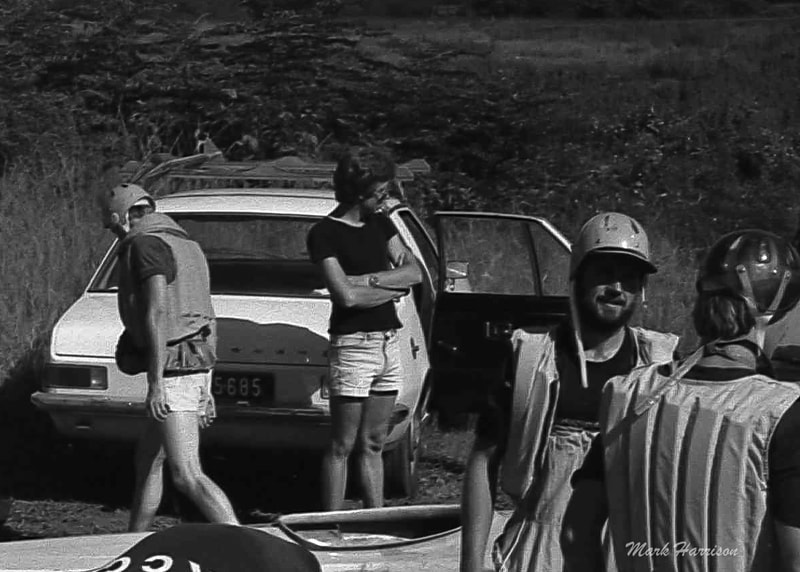











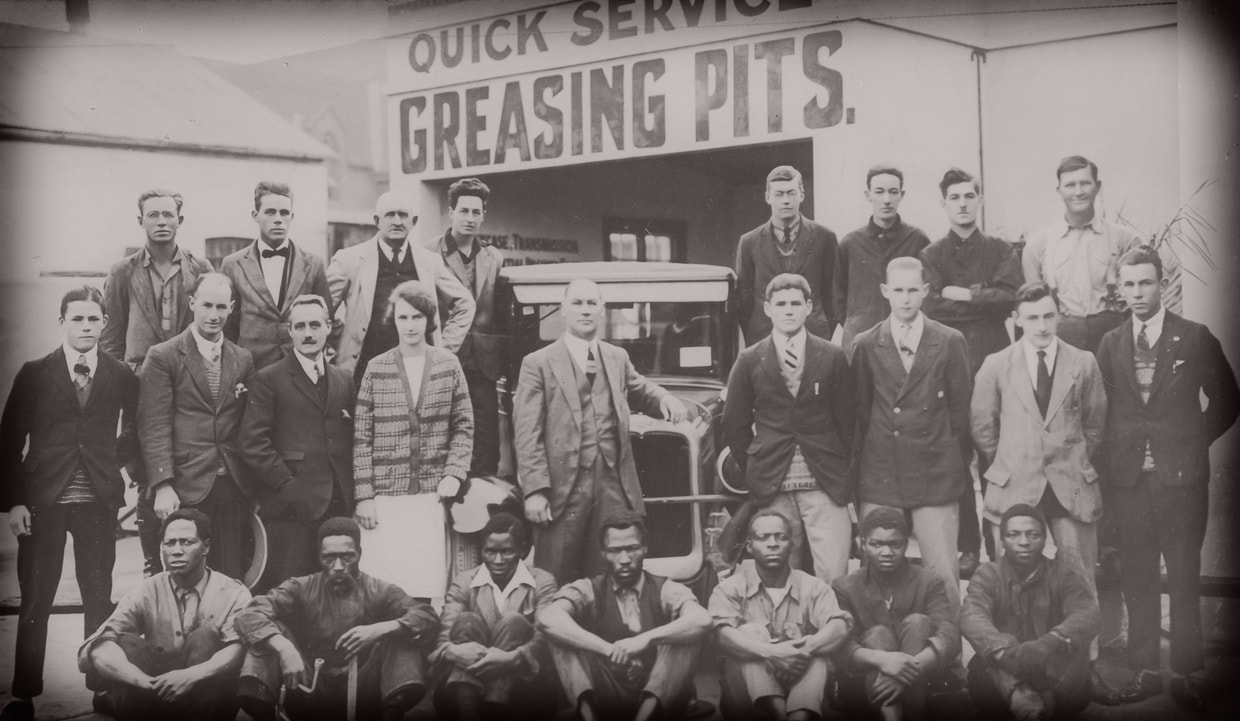









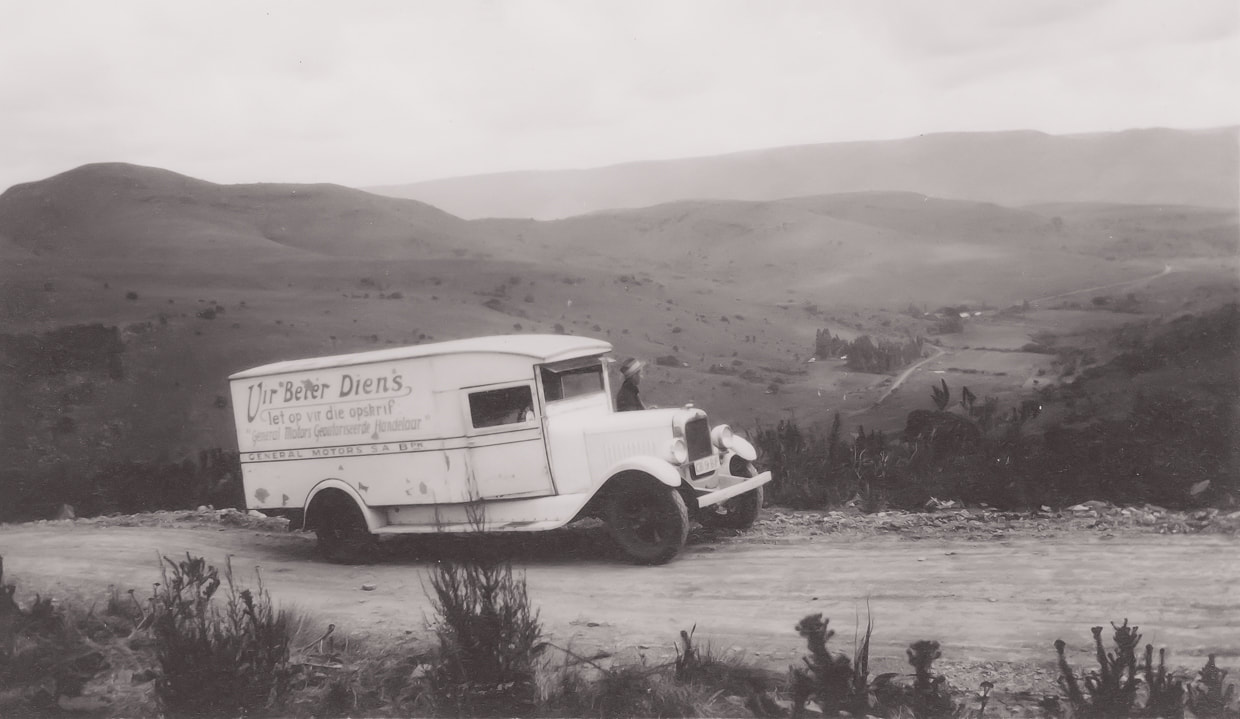



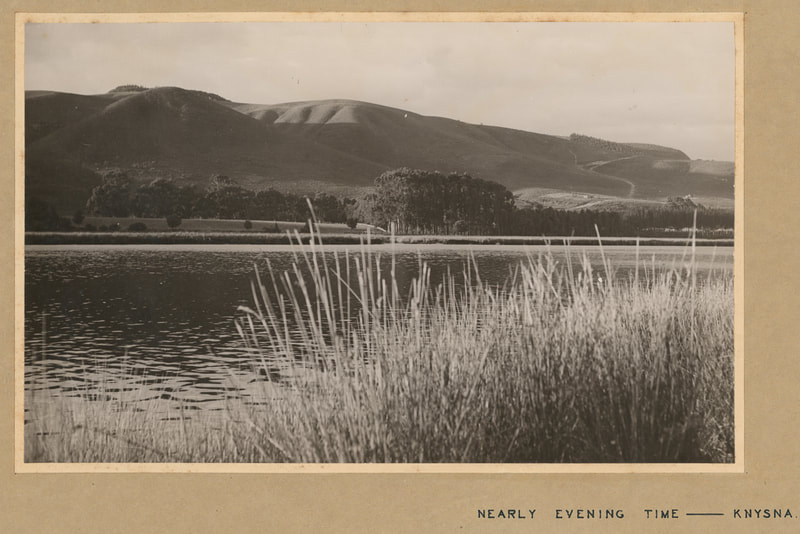


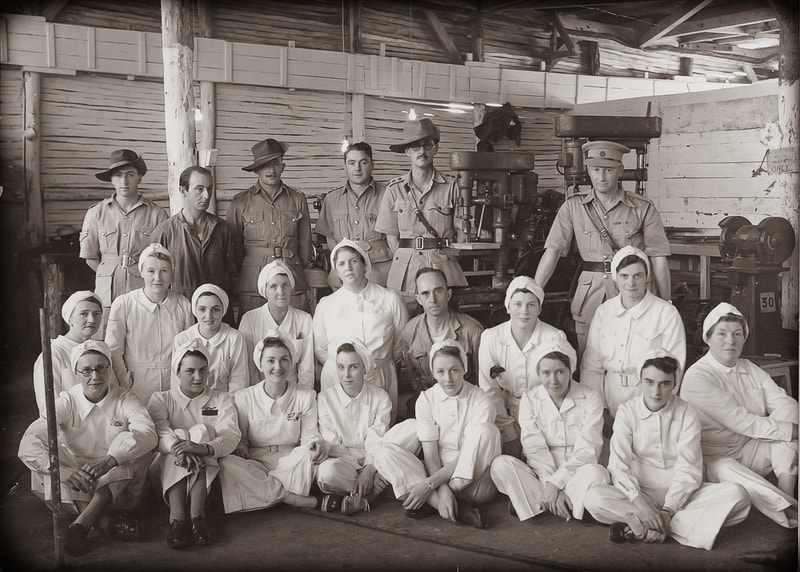




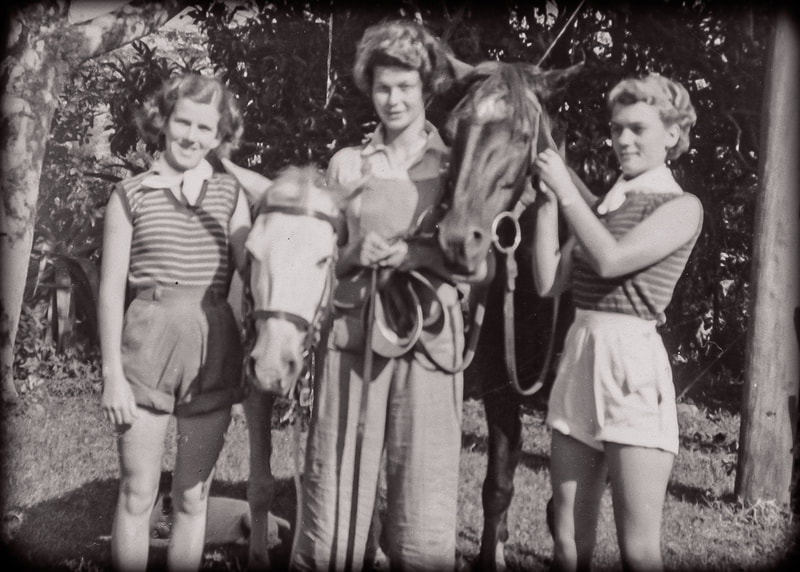






























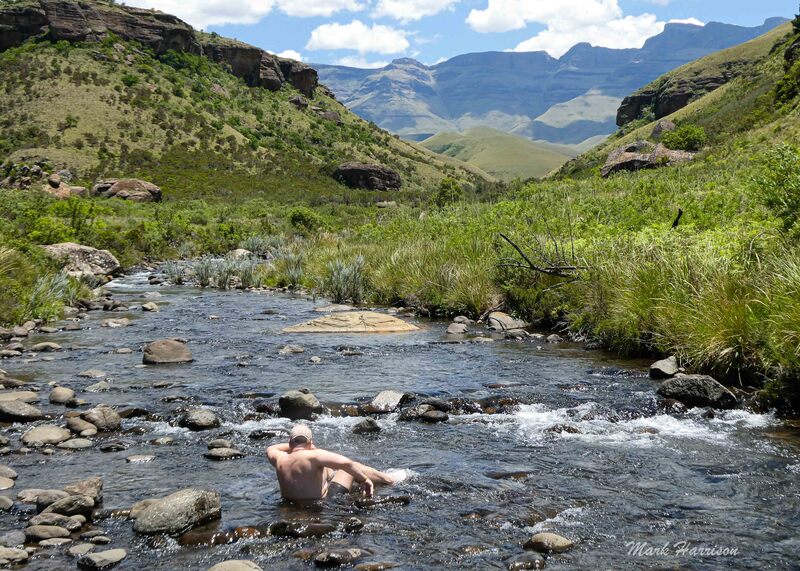



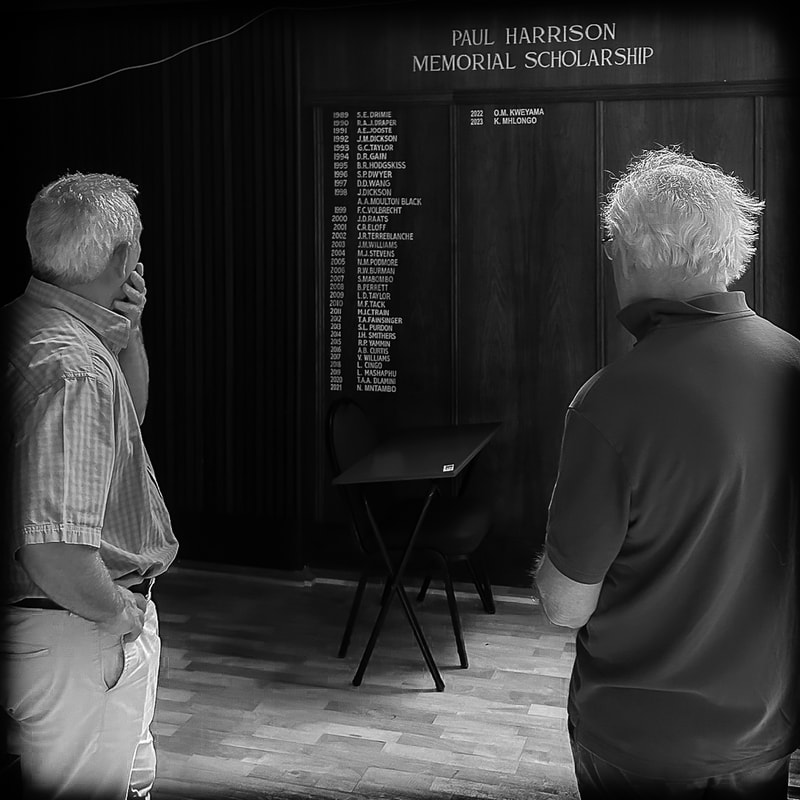

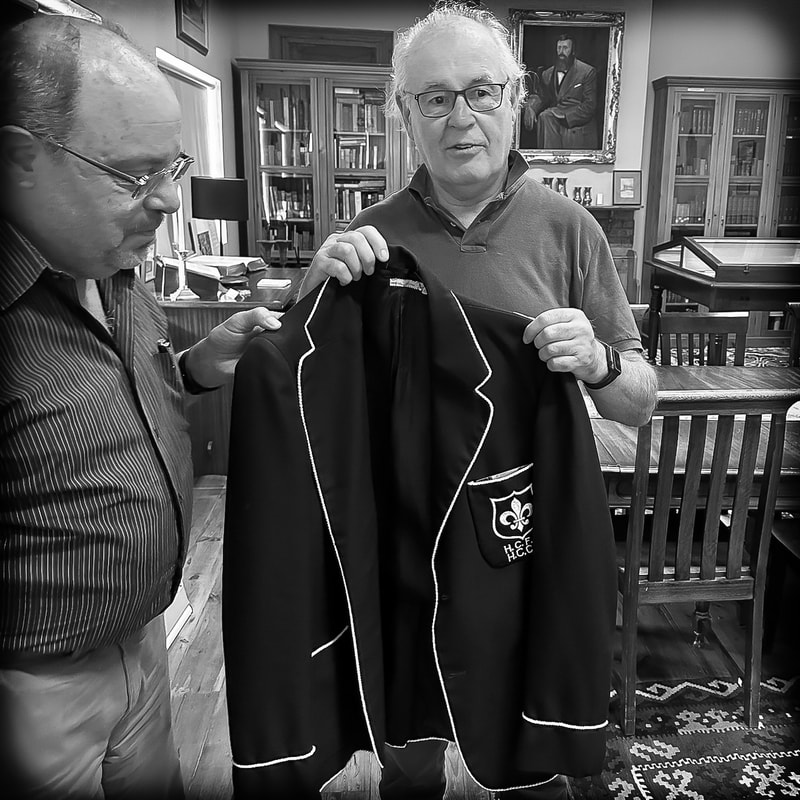







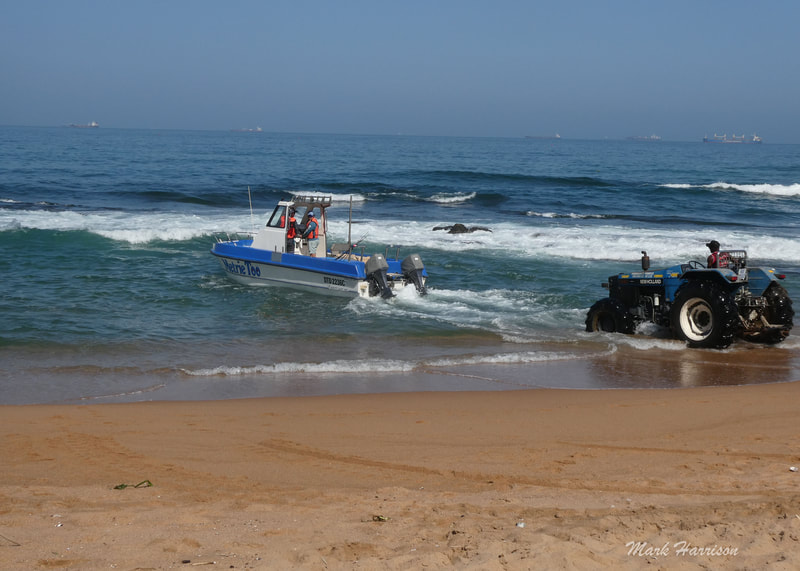
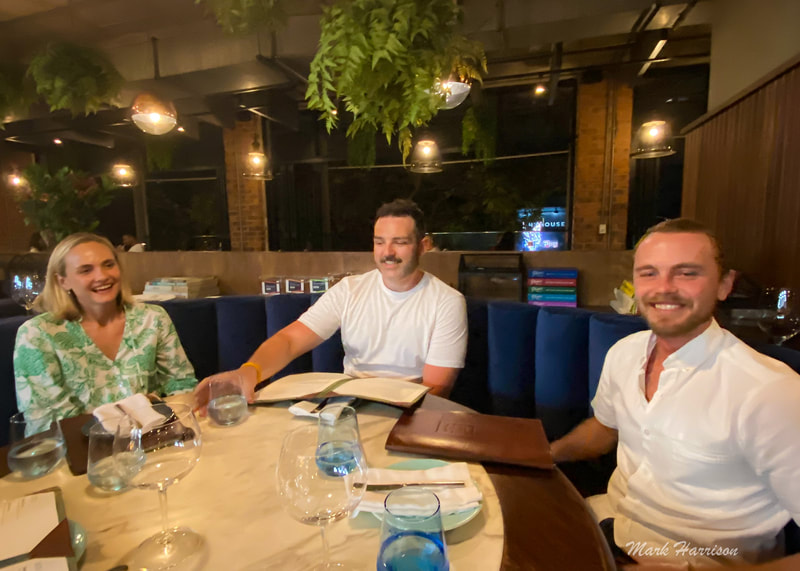
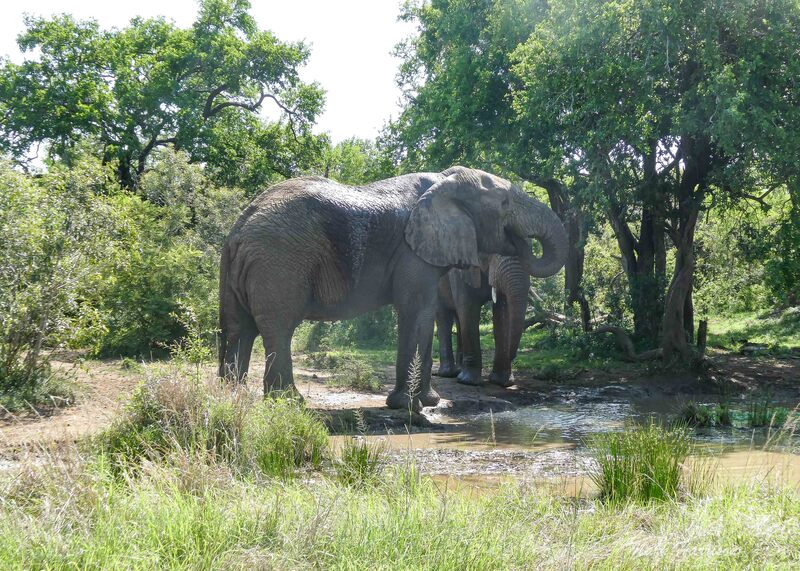
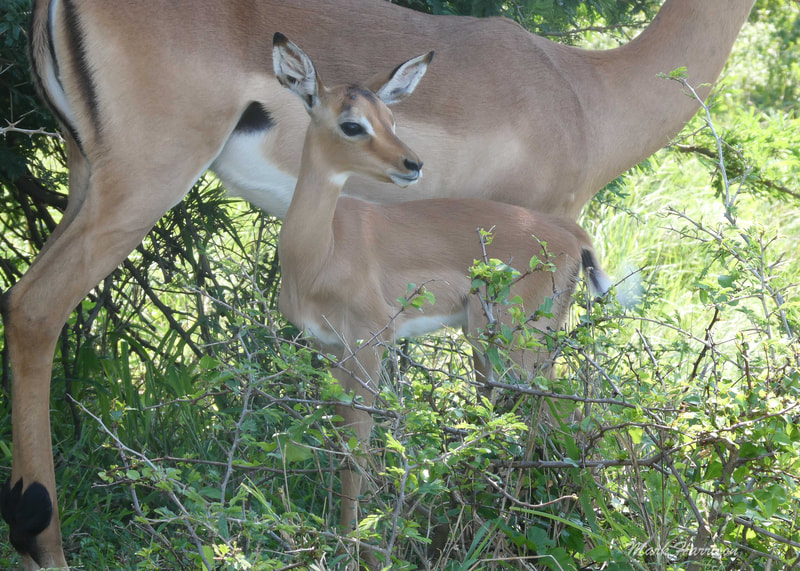










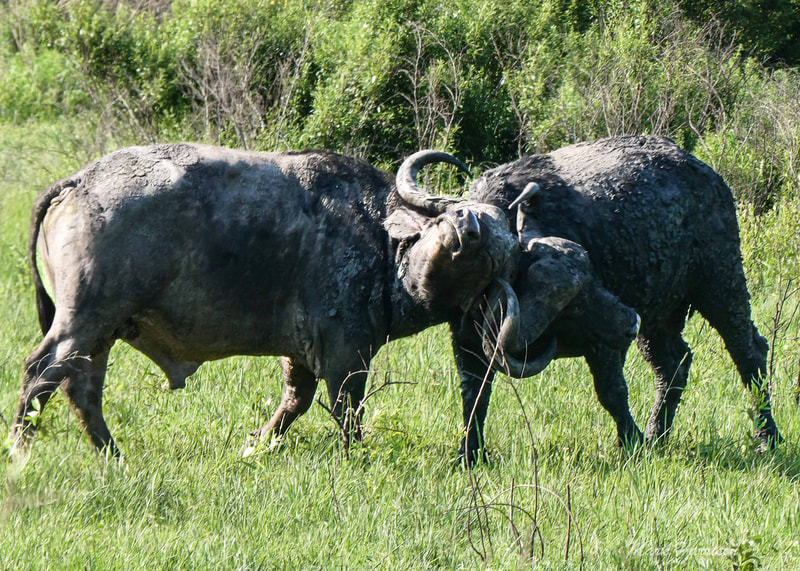


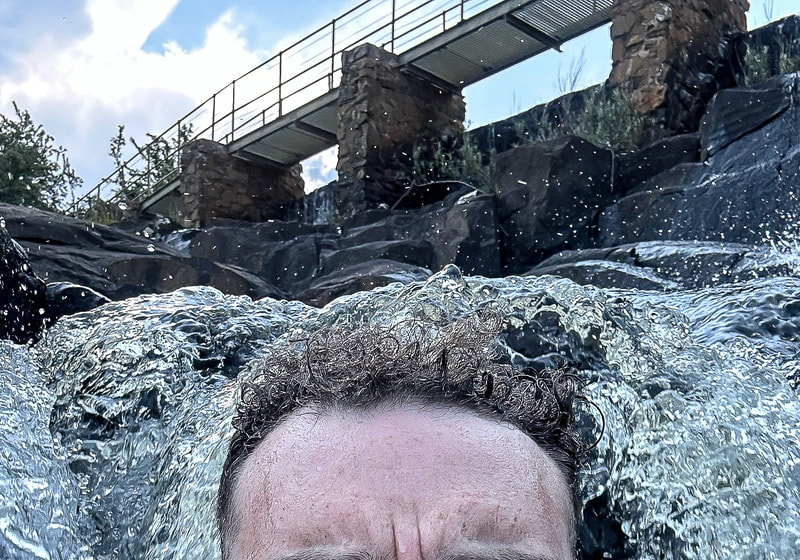





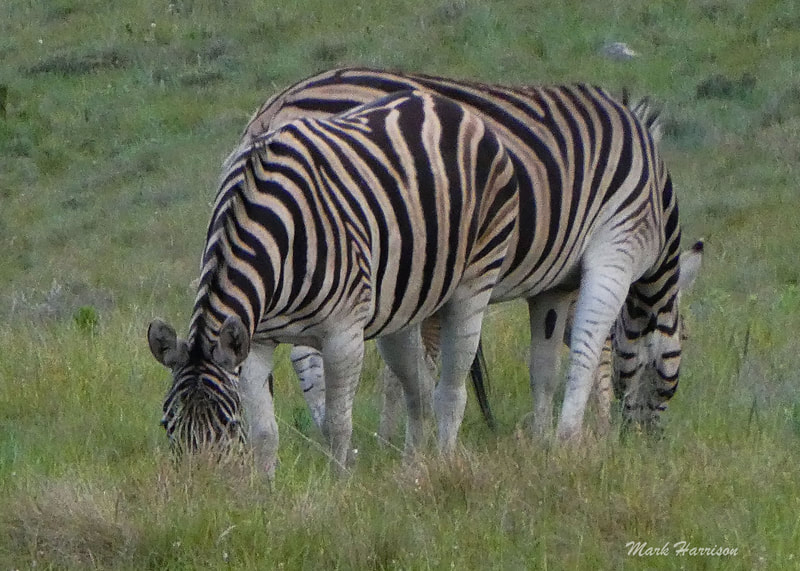








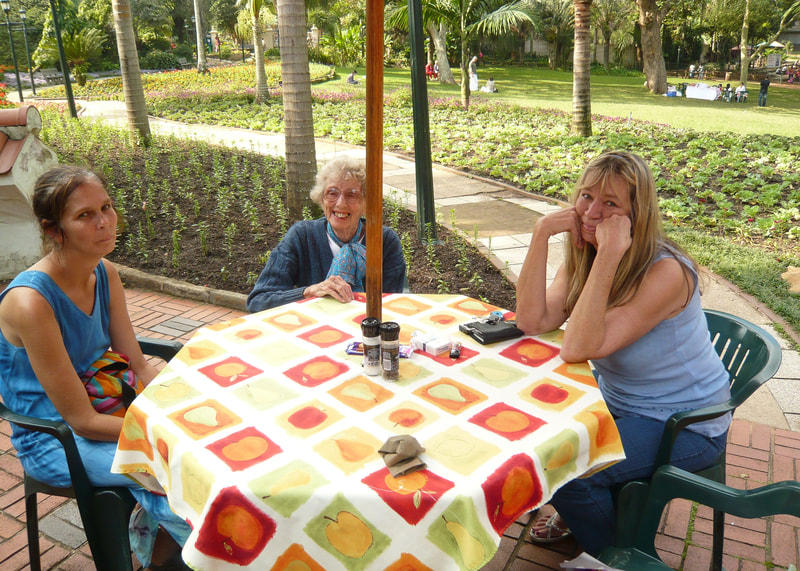

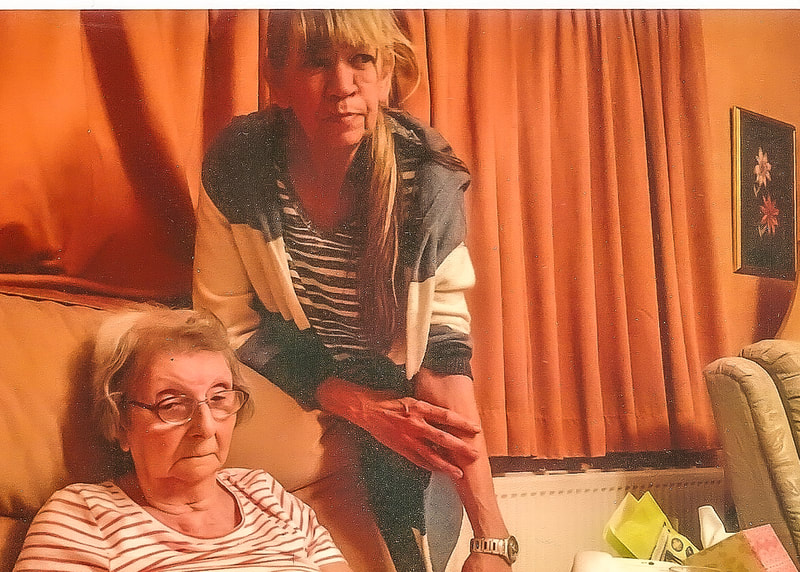

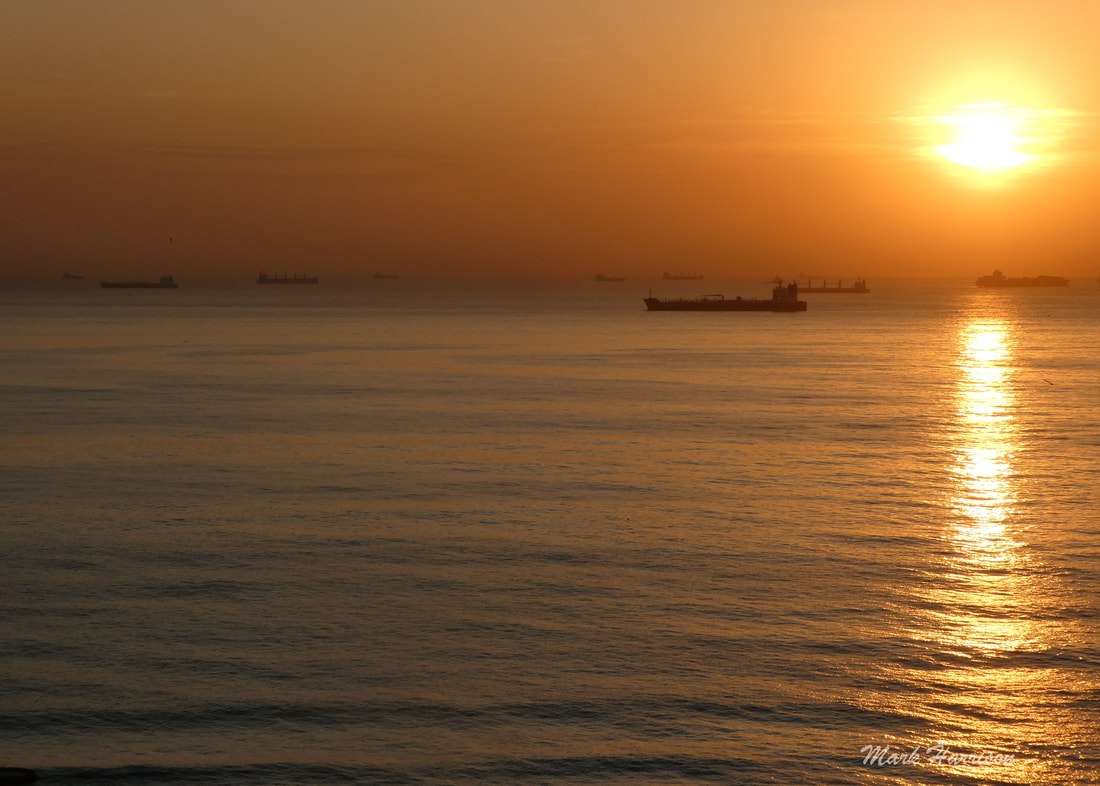




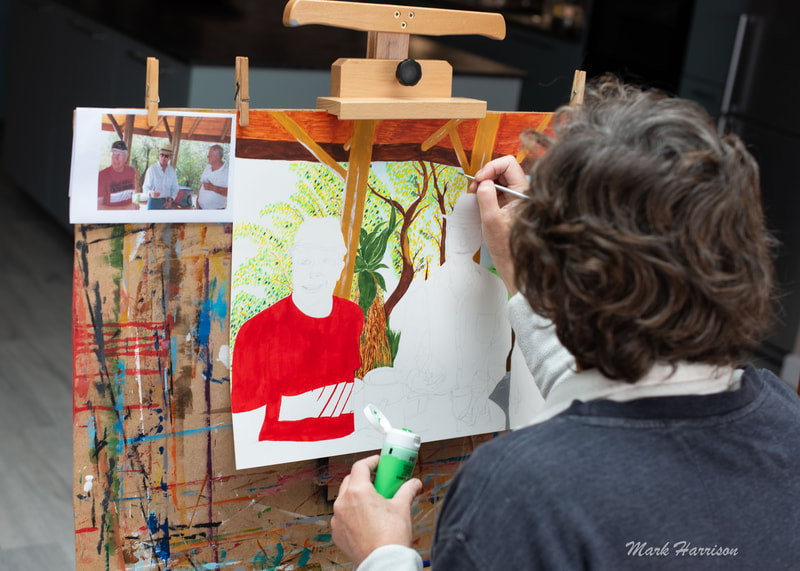




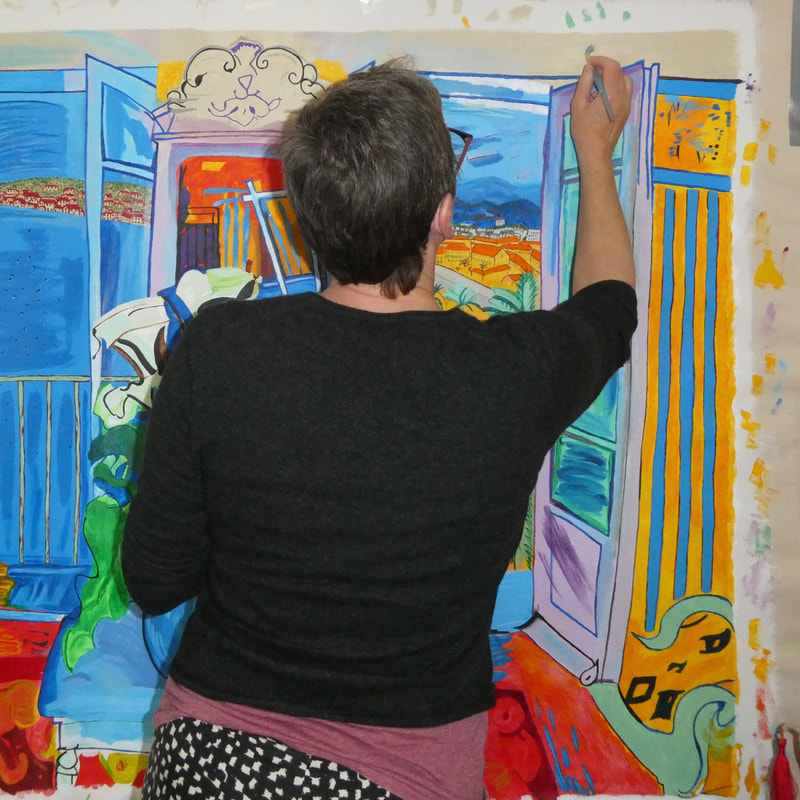
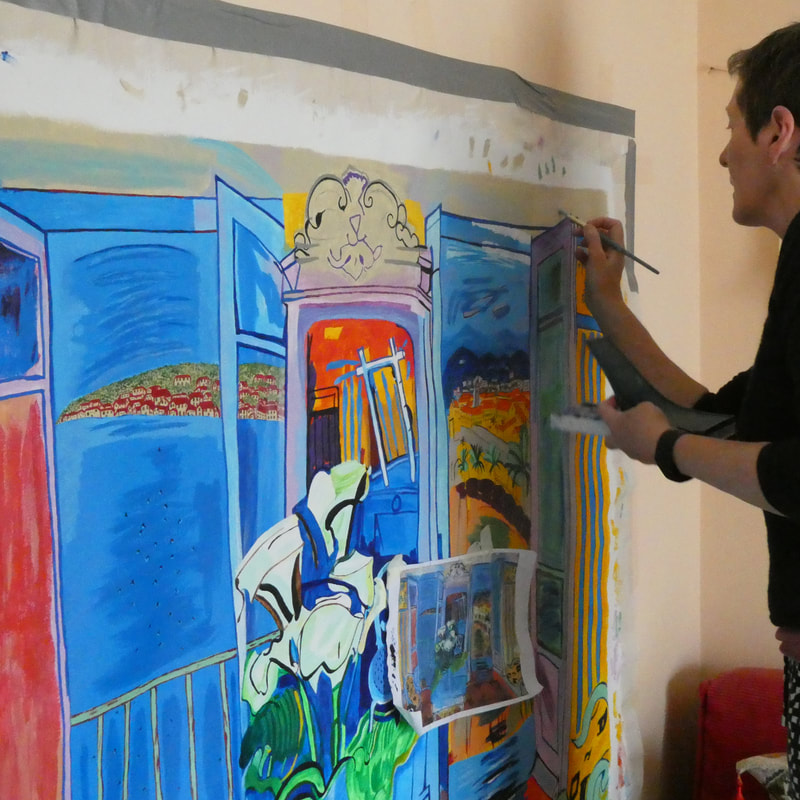


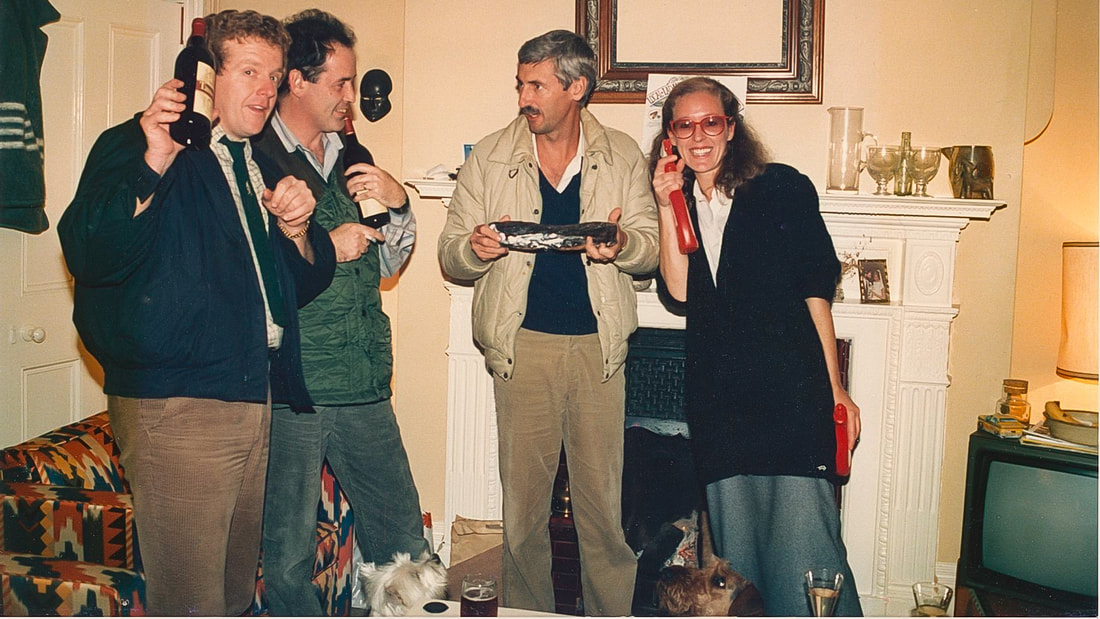





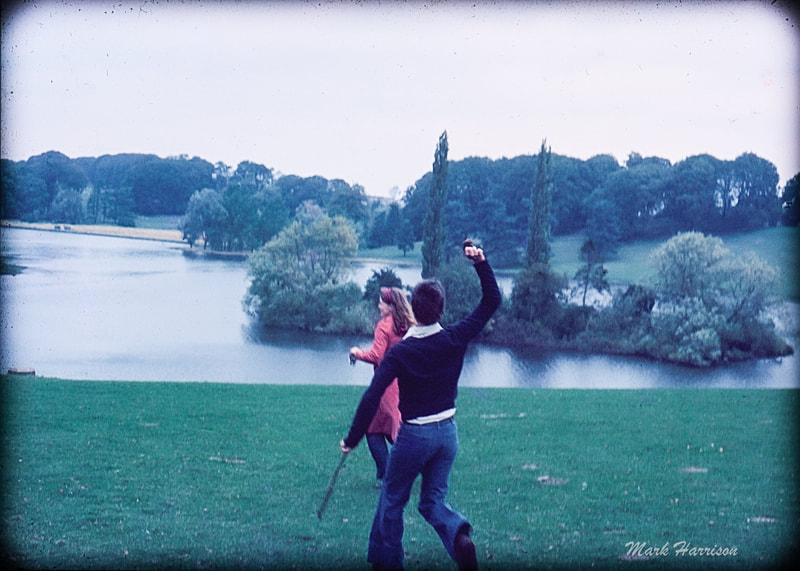







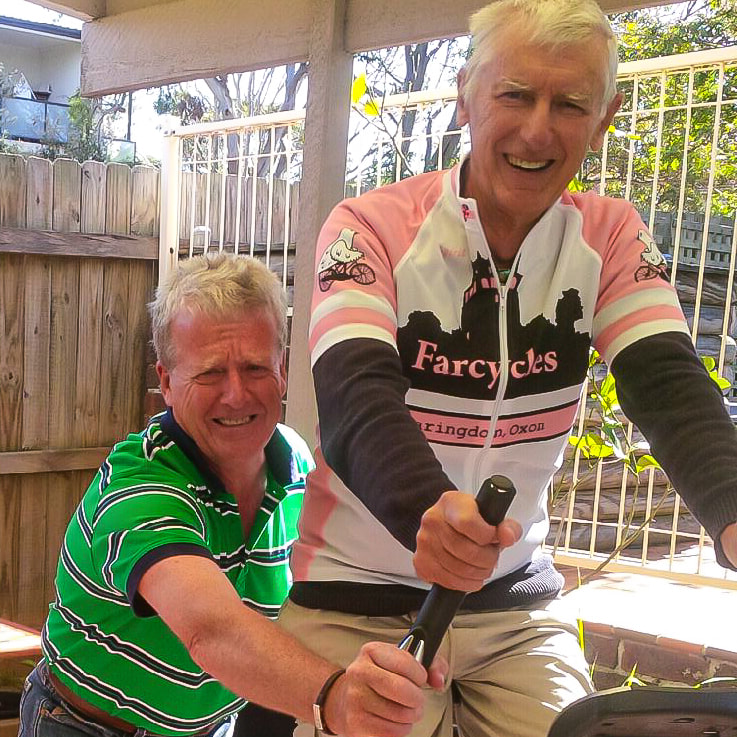


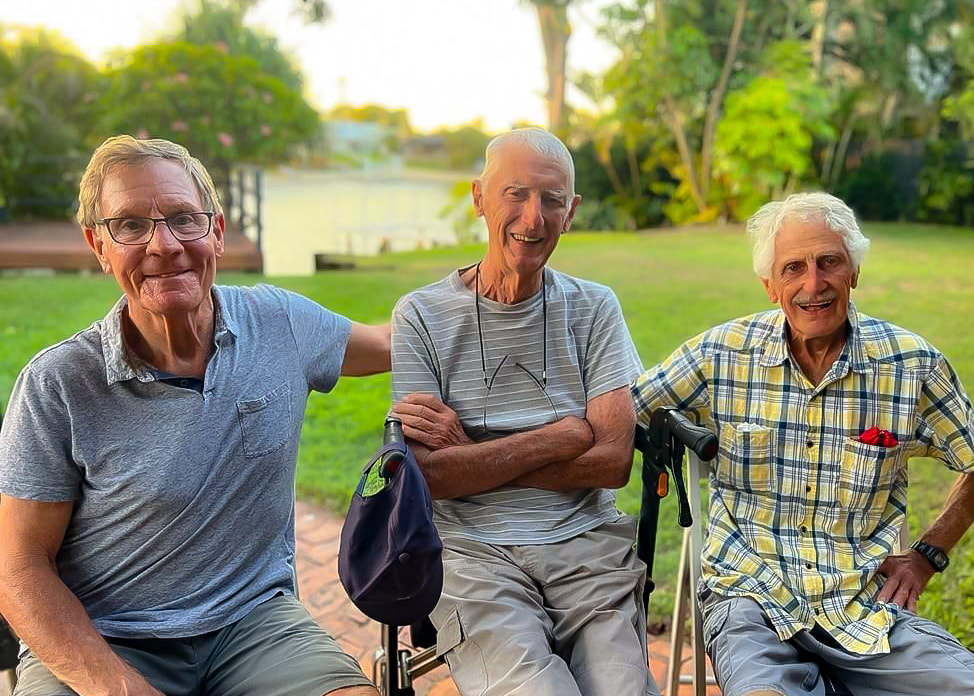





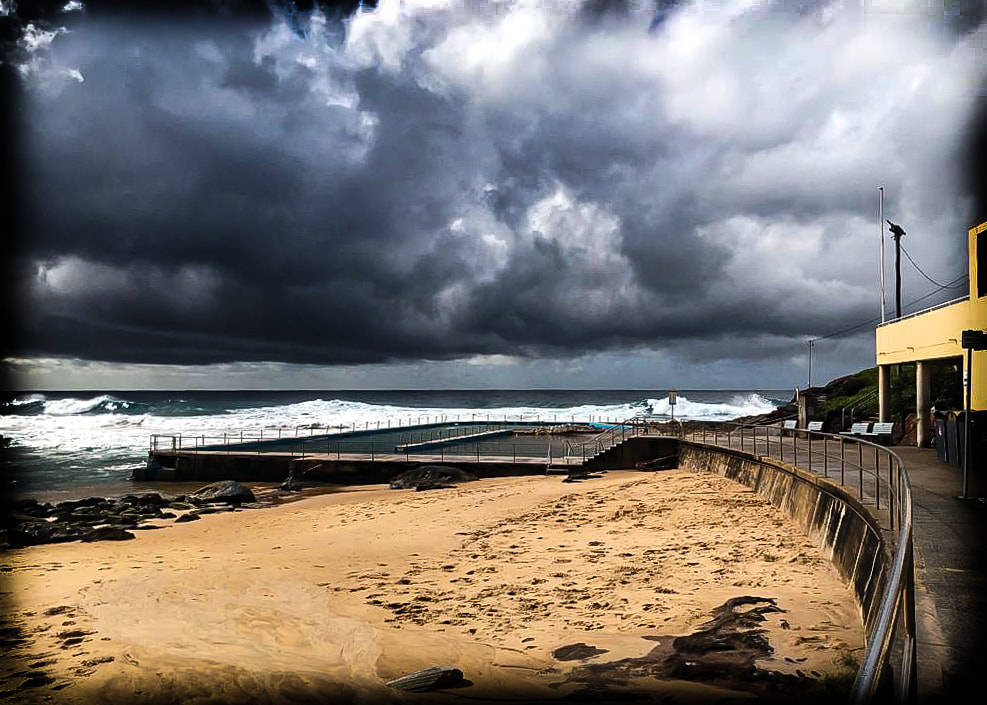








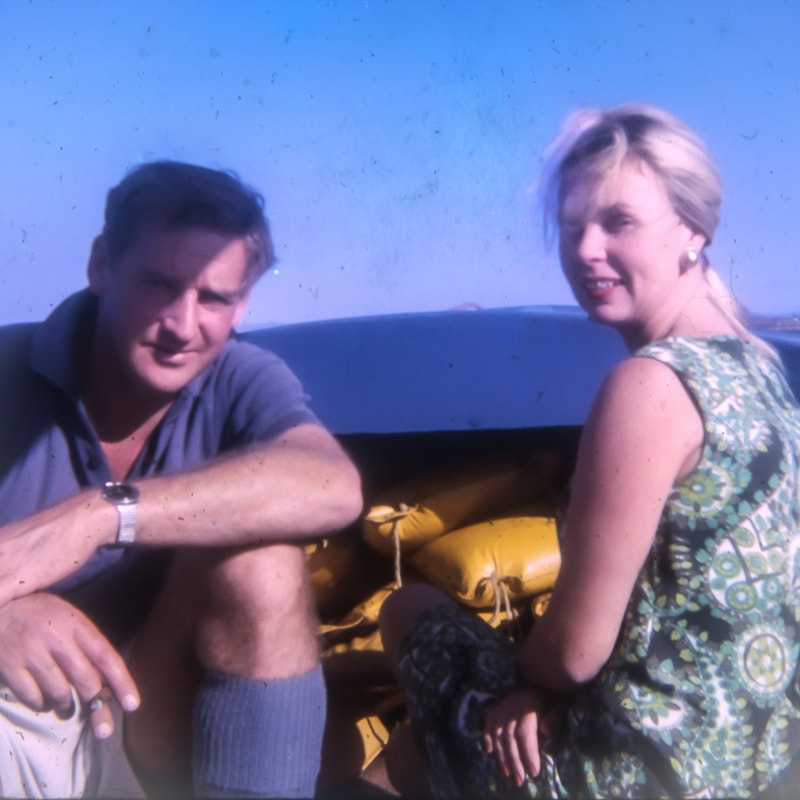

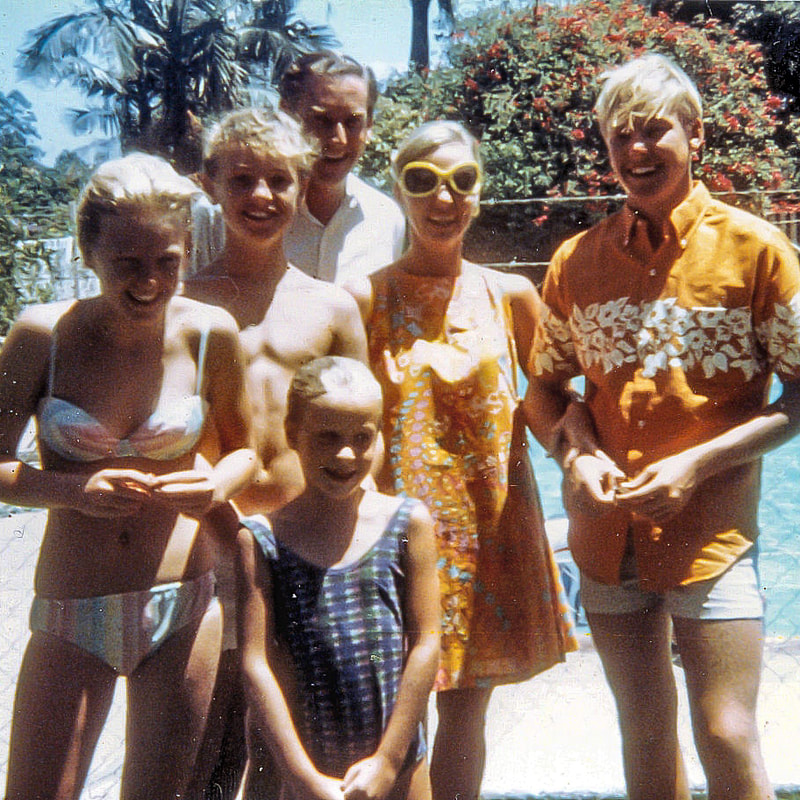
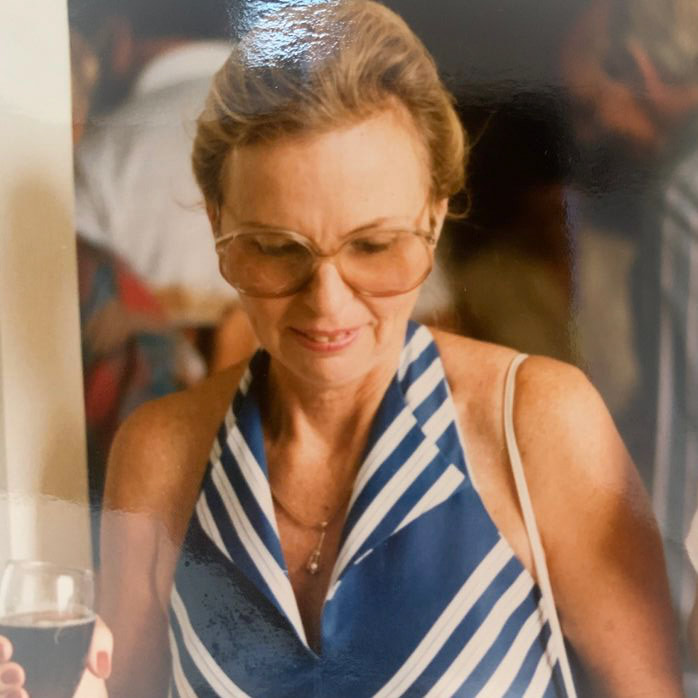









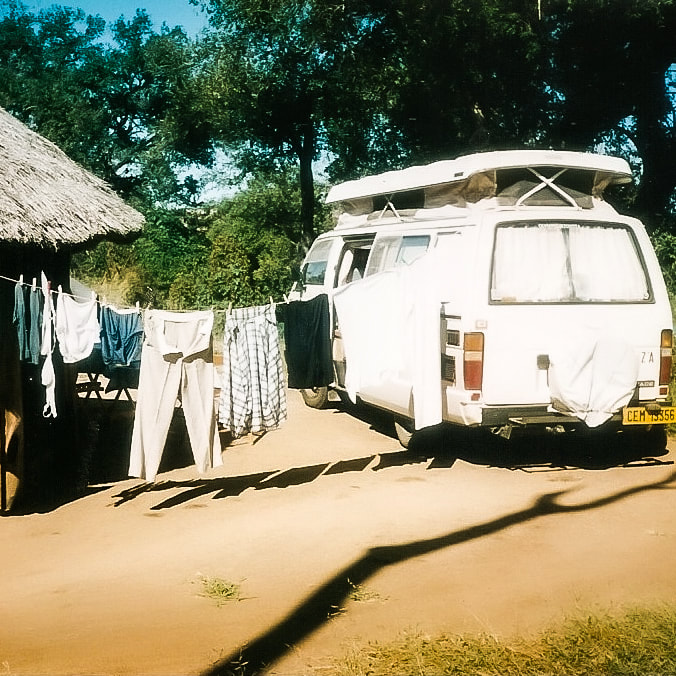


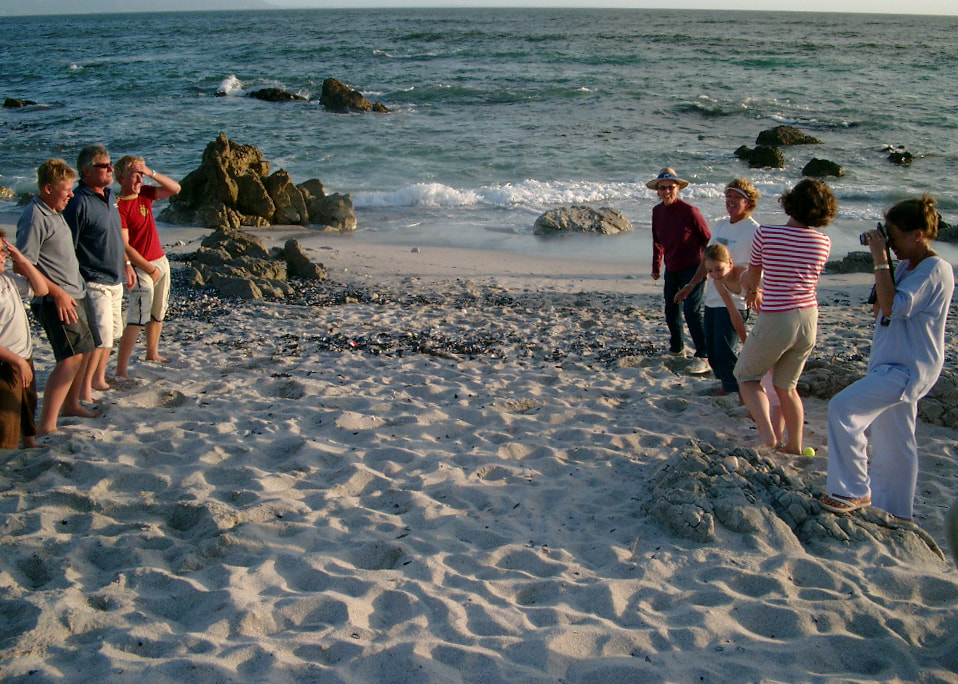




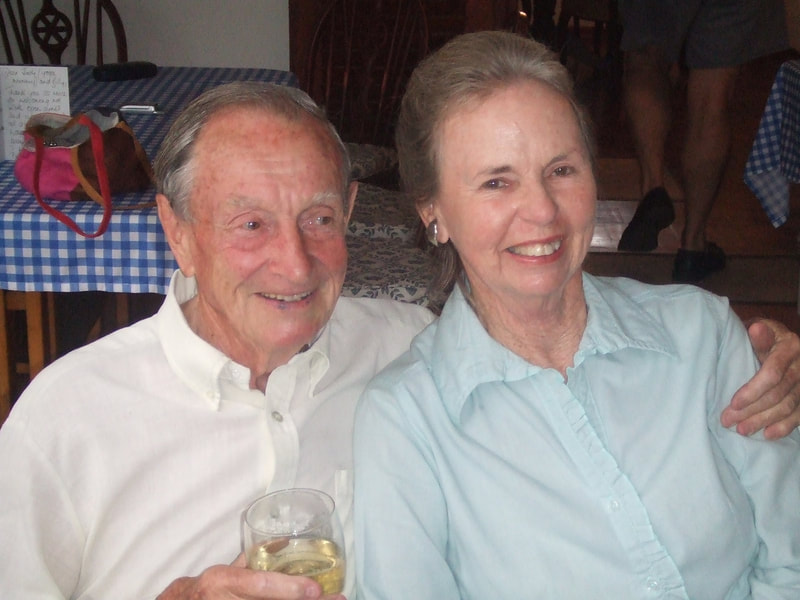


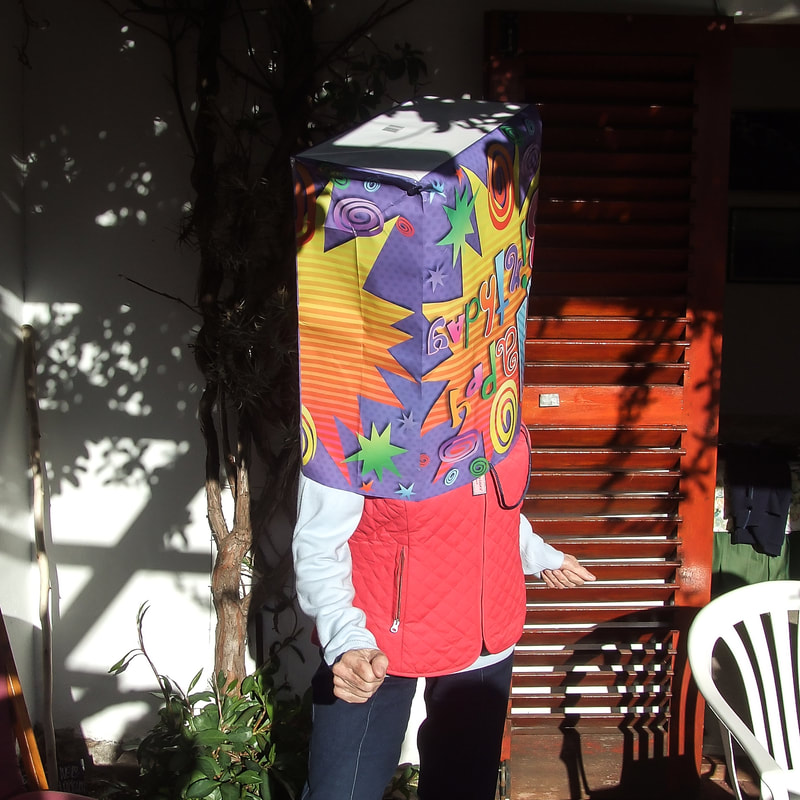

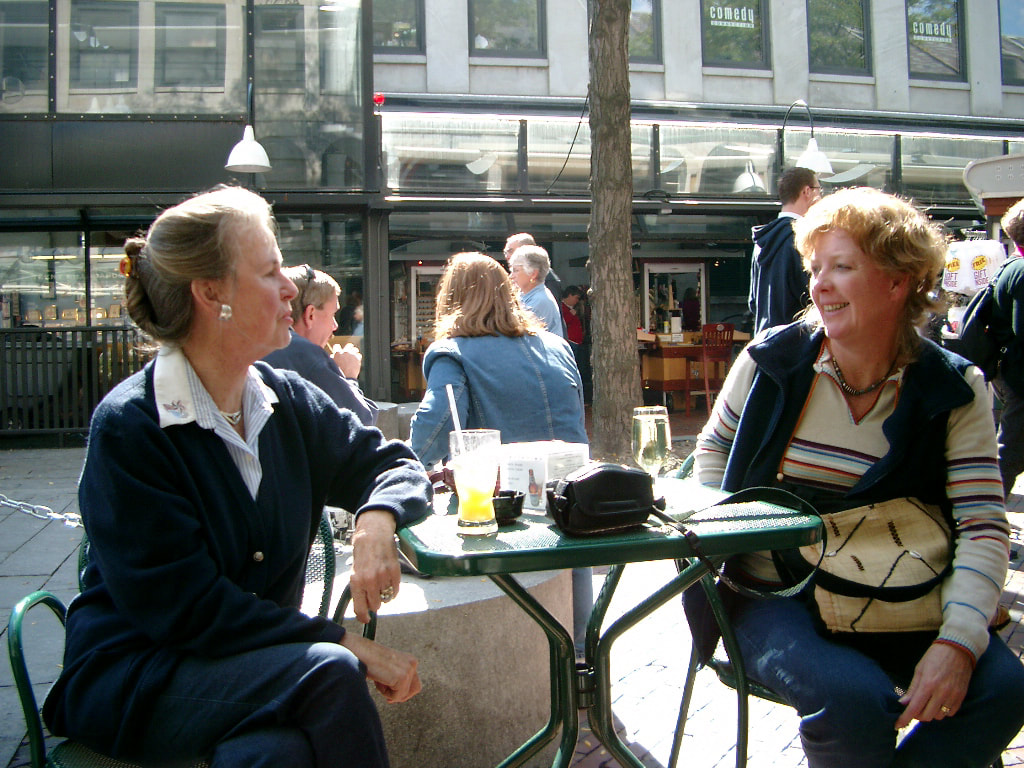



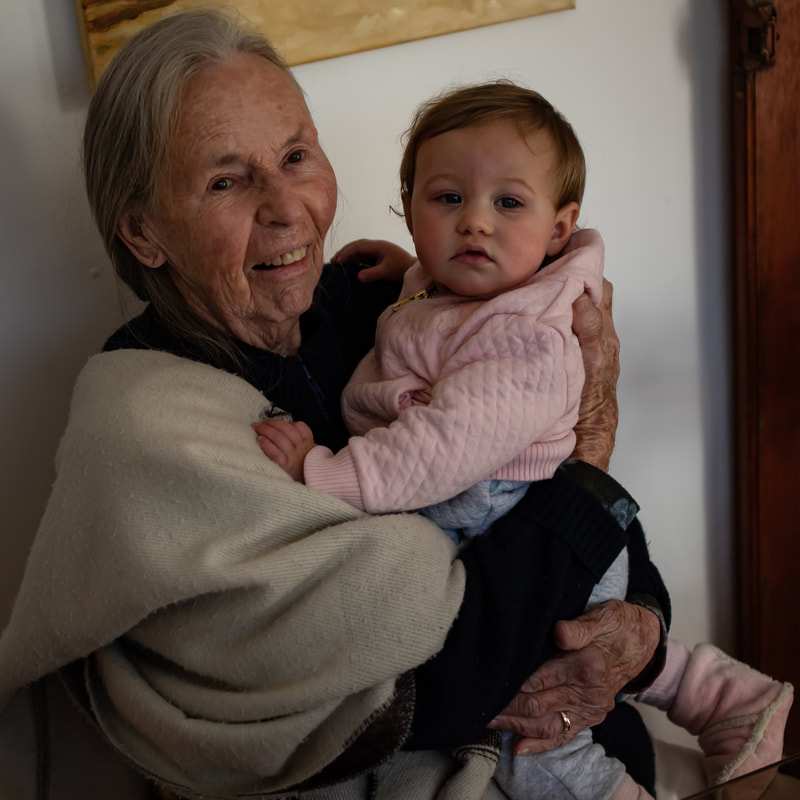
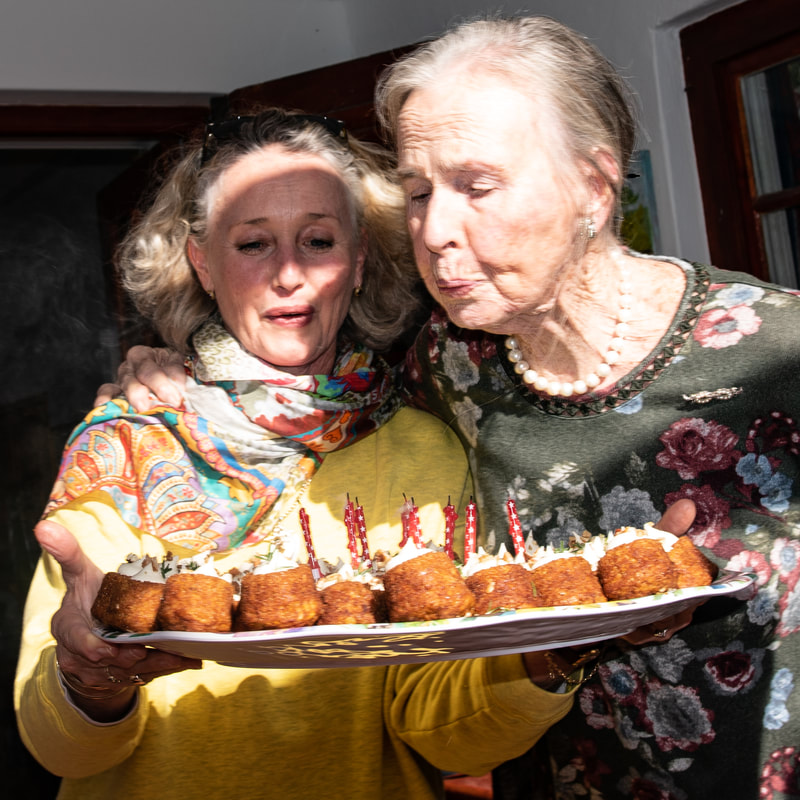



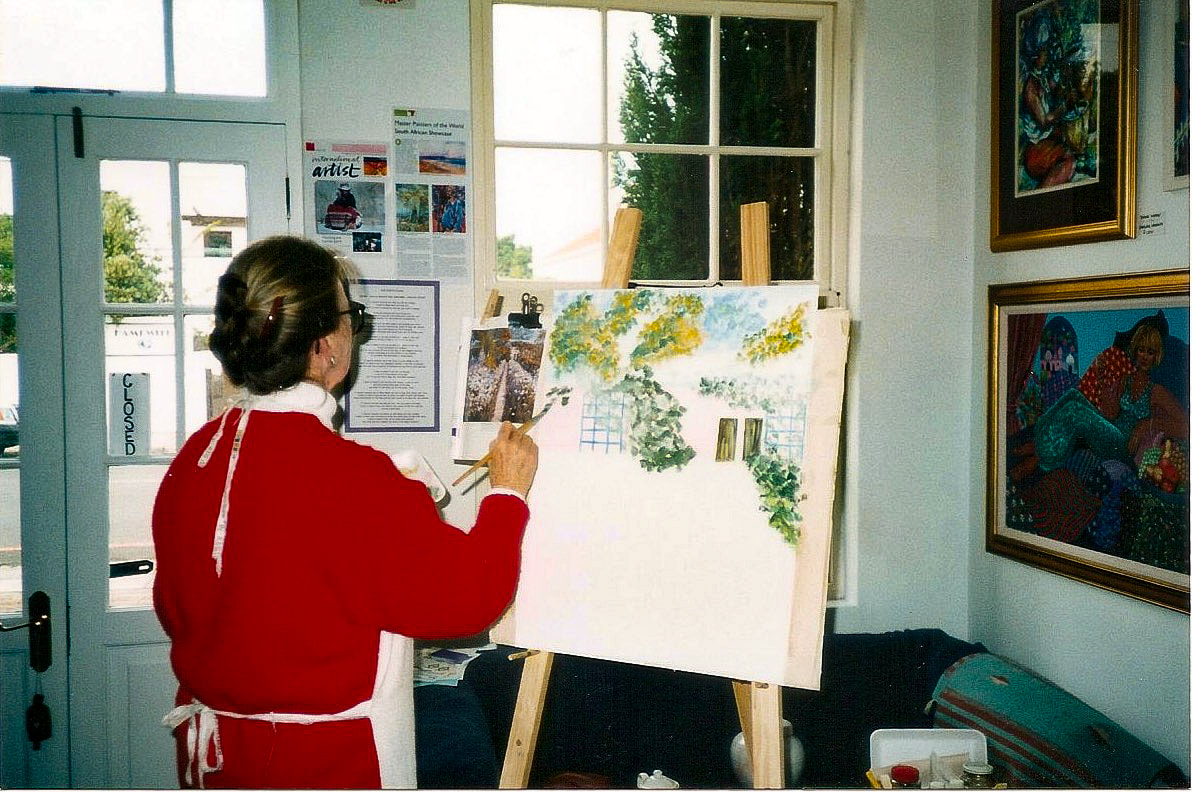
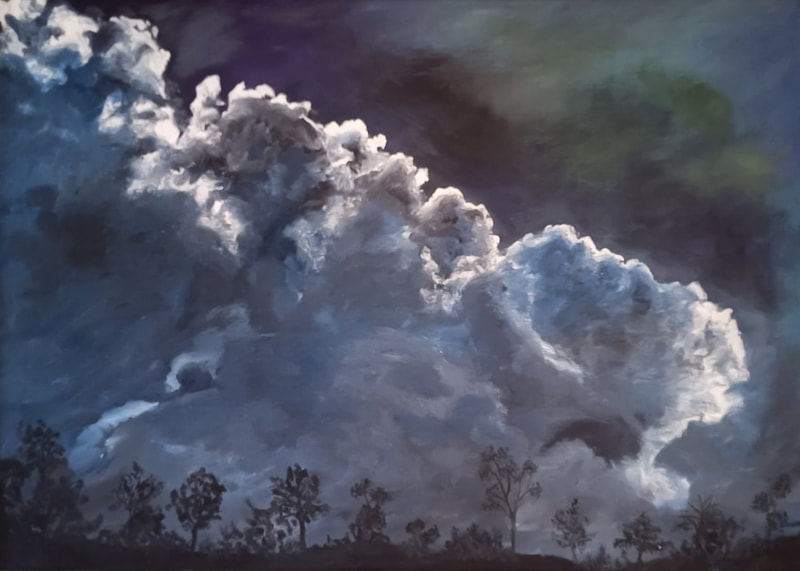





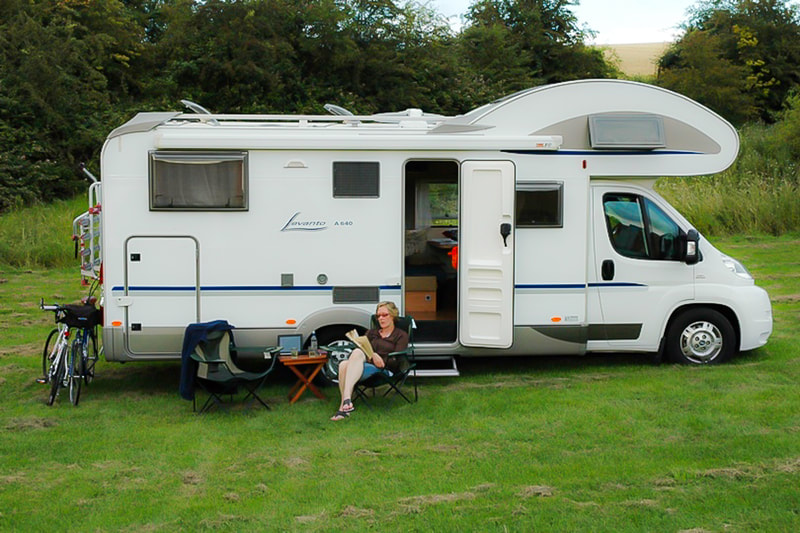
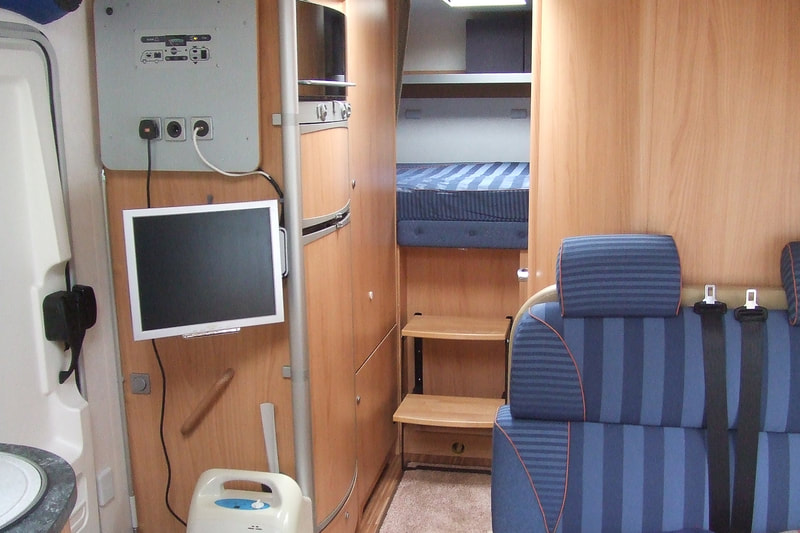









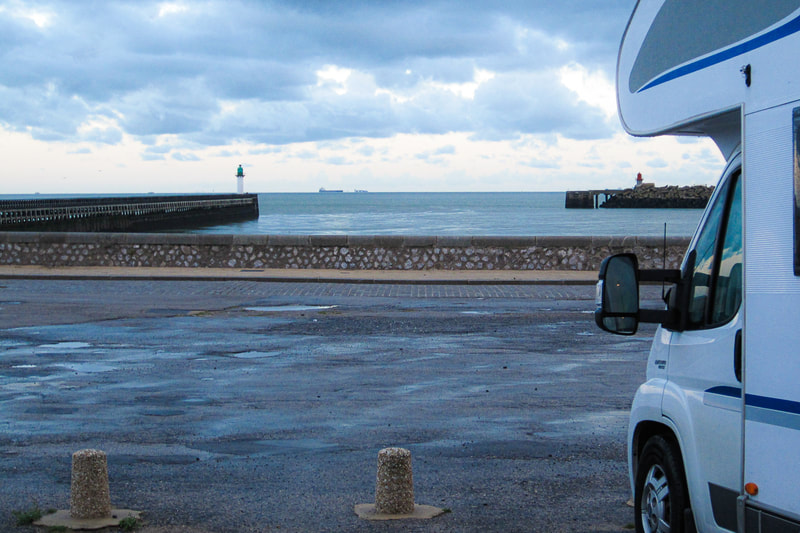
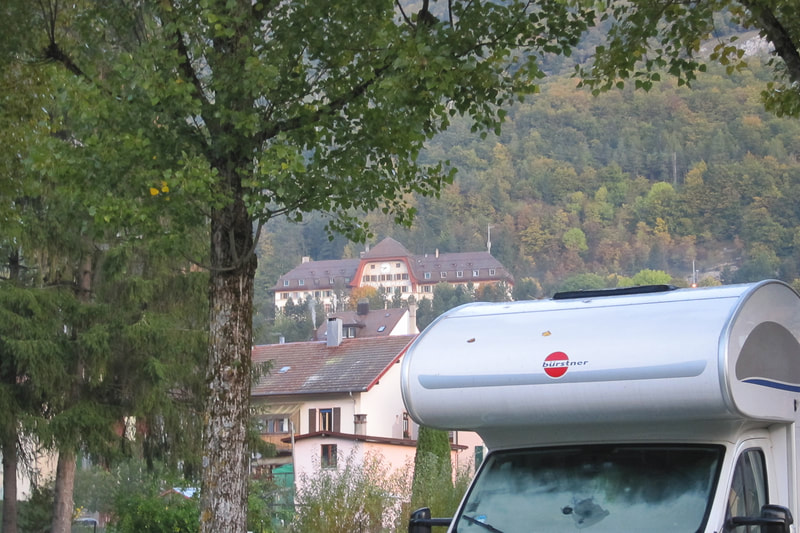



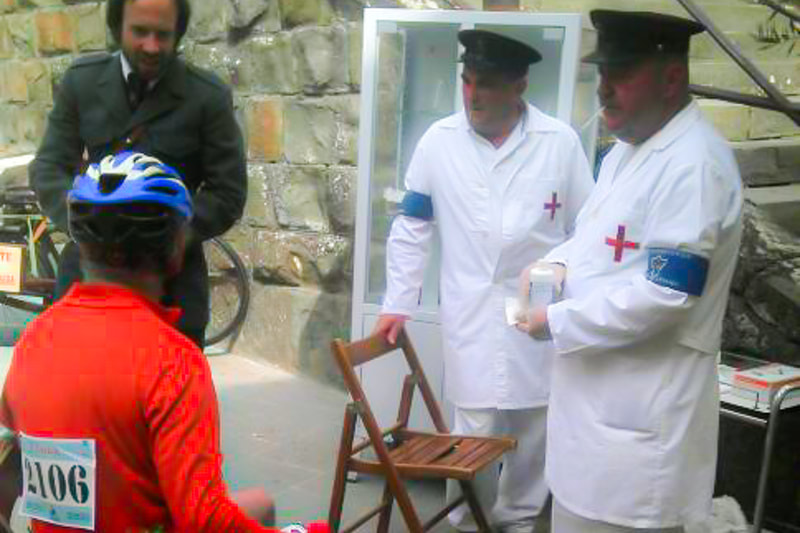







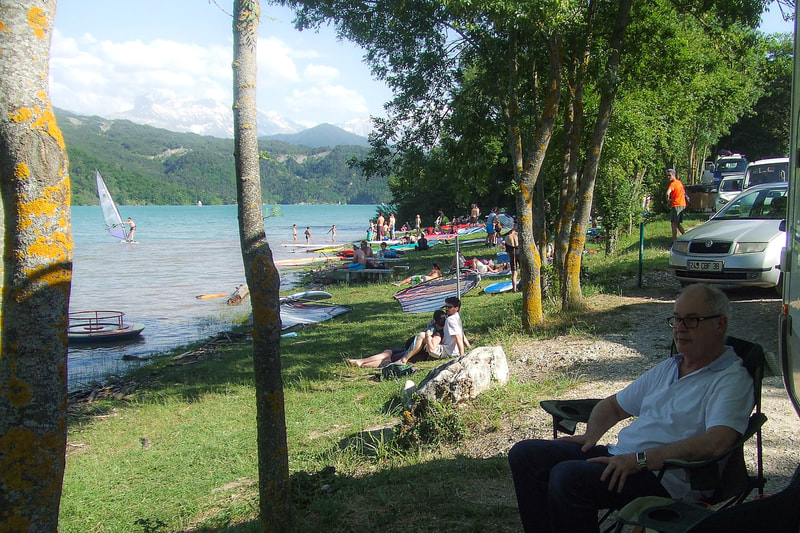










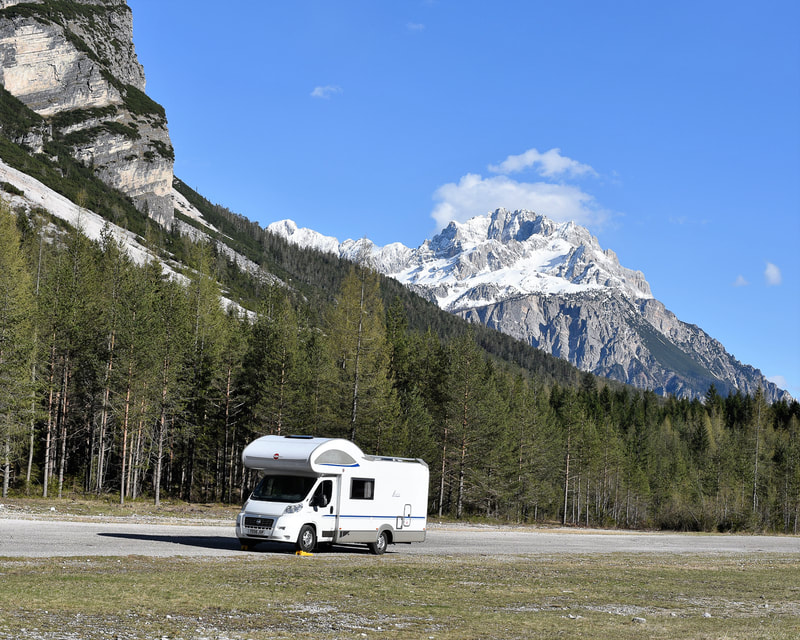




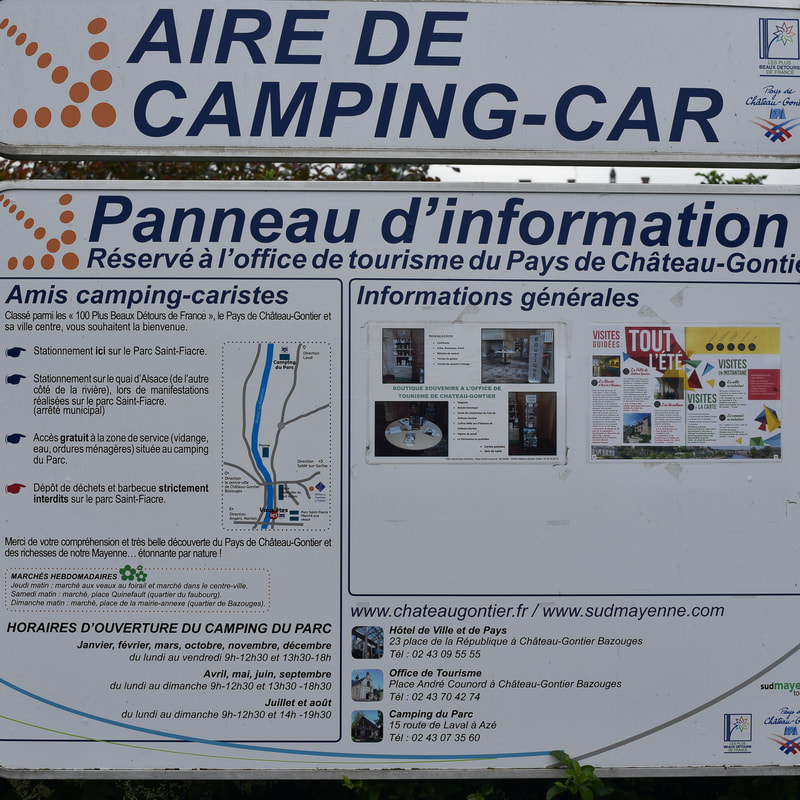

















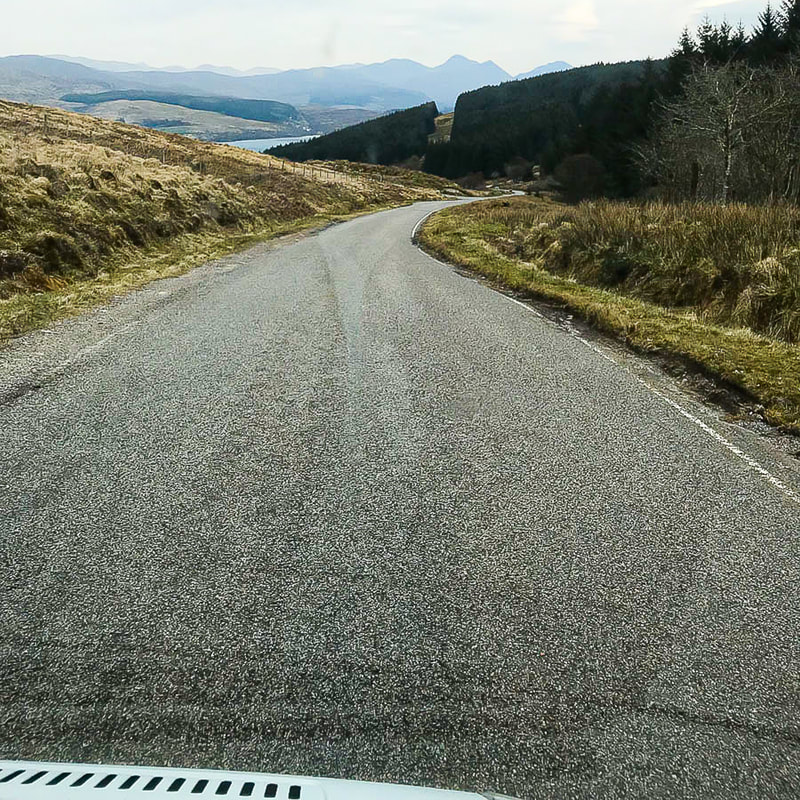










 RSS Feed
RSS Feed